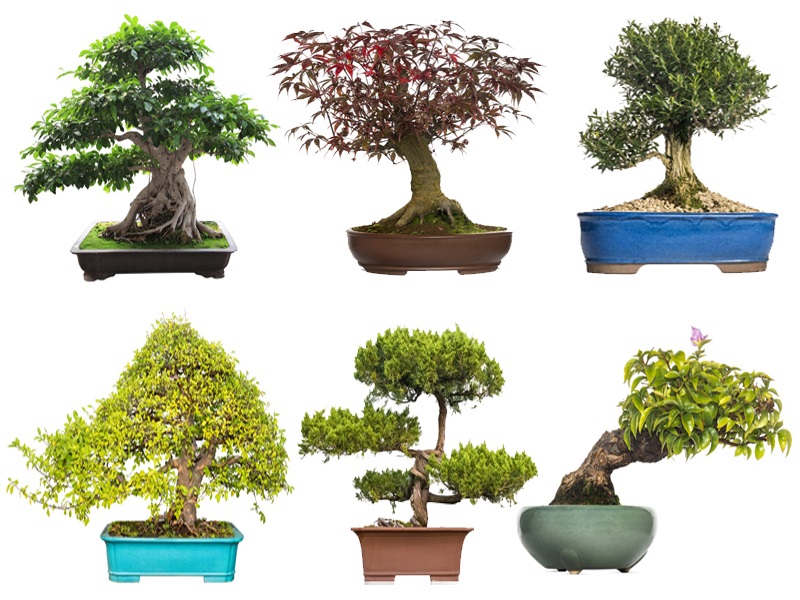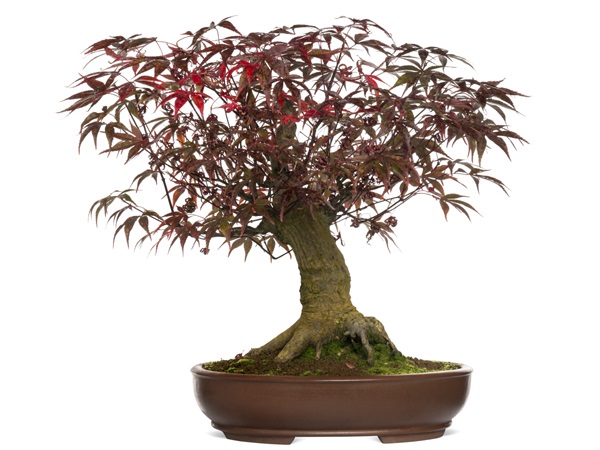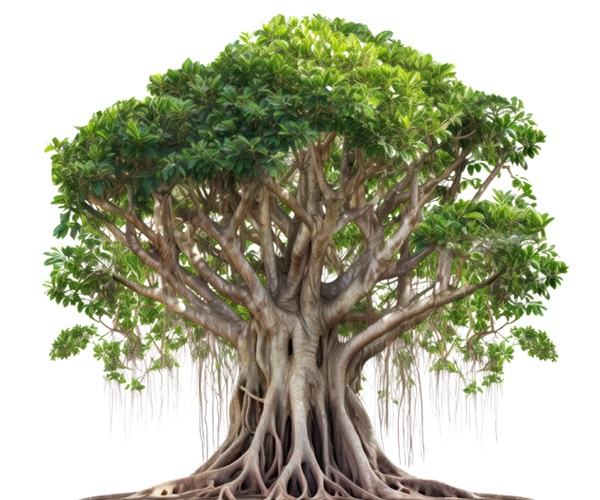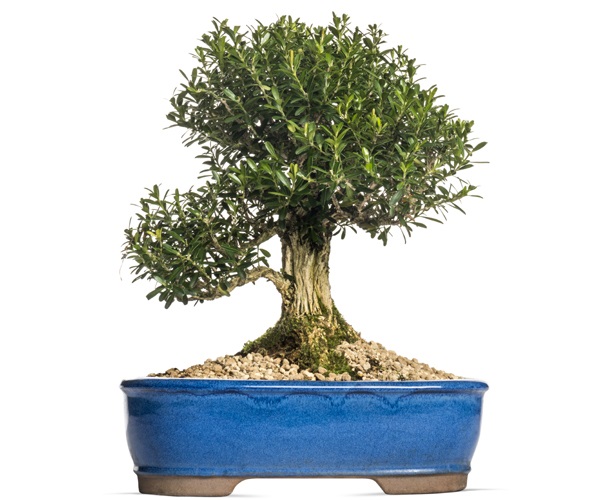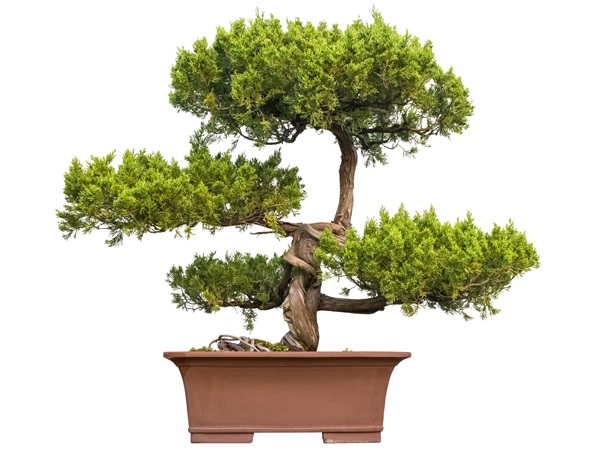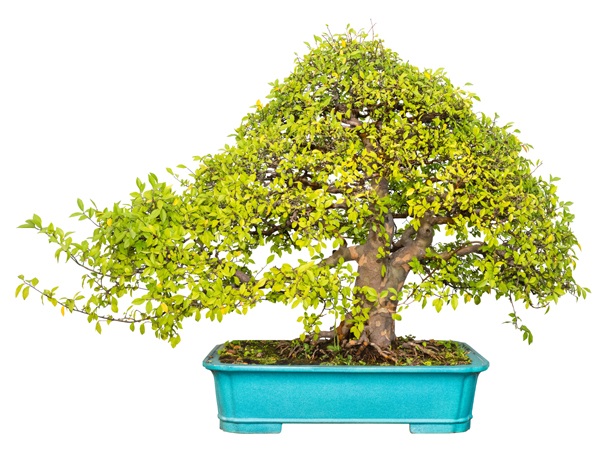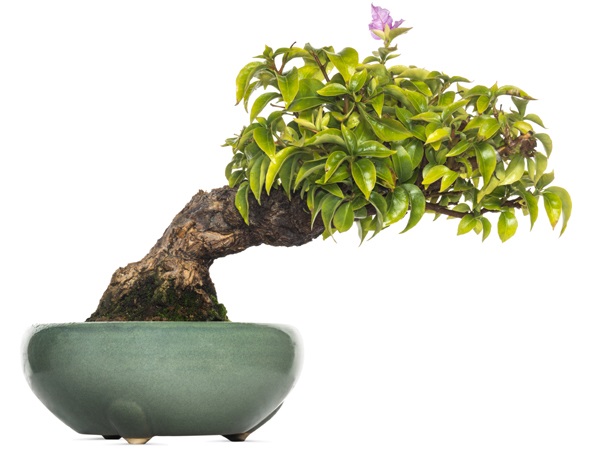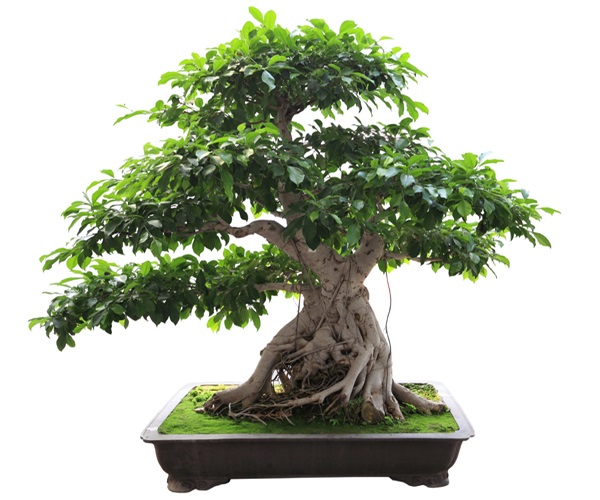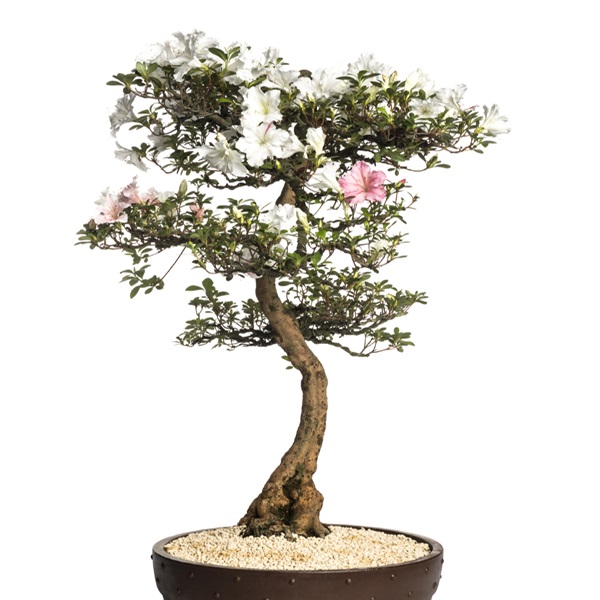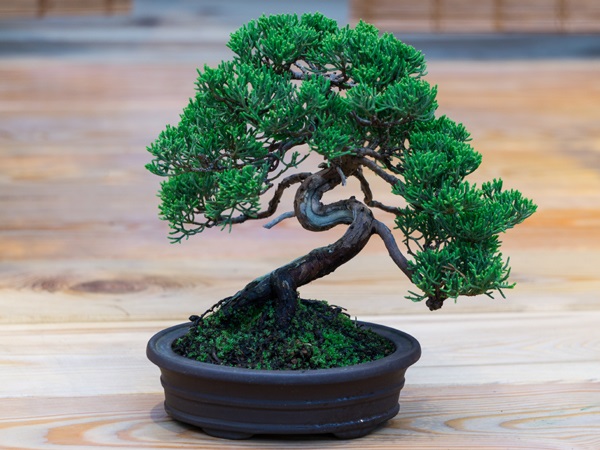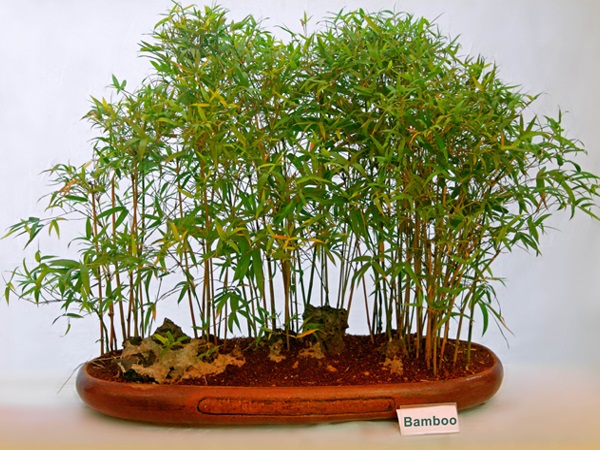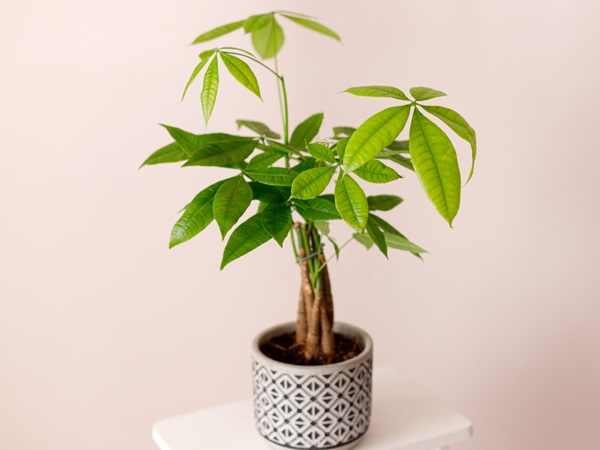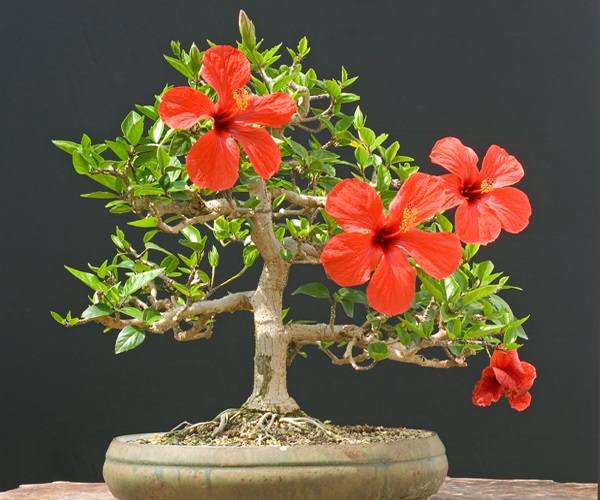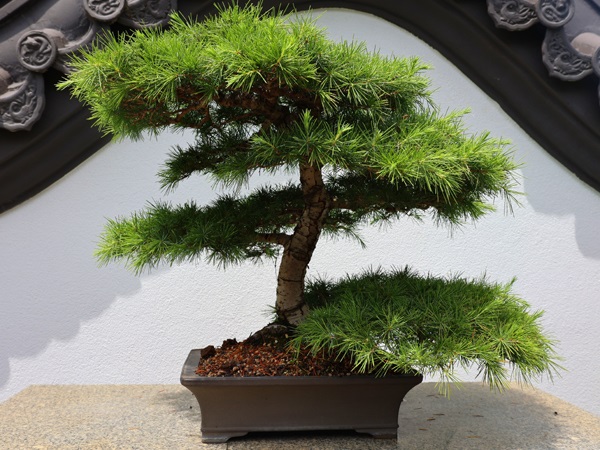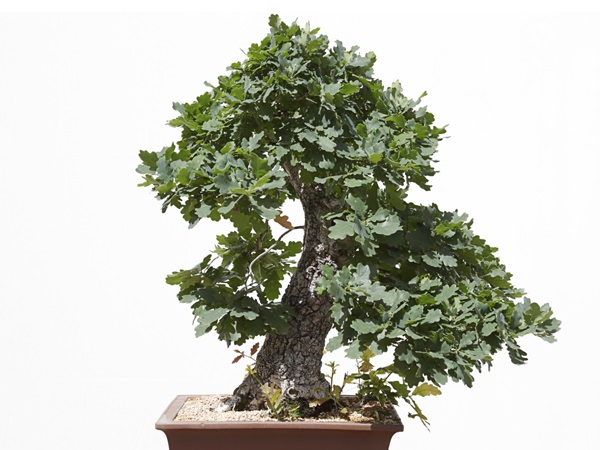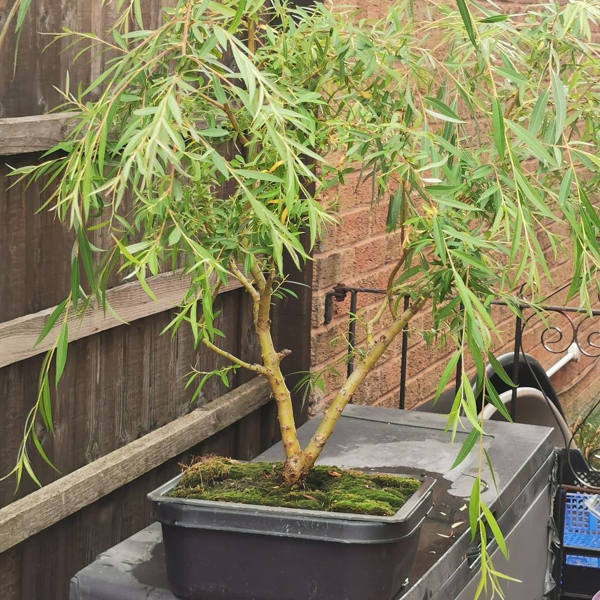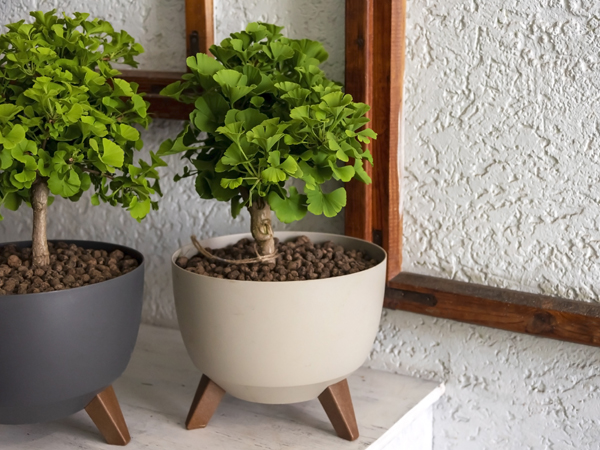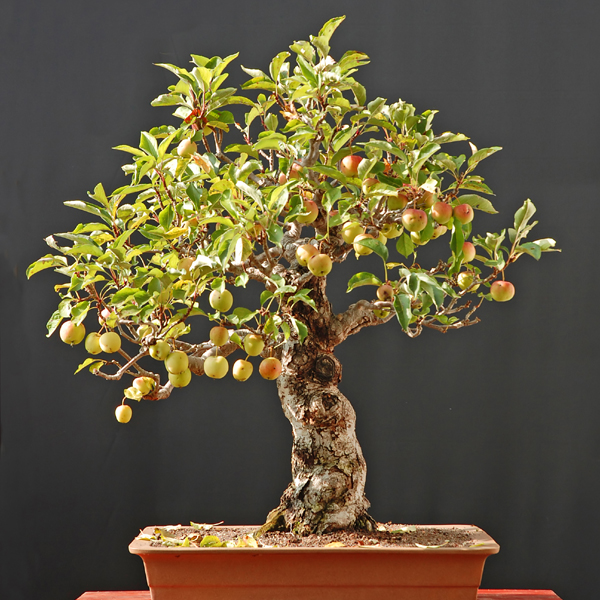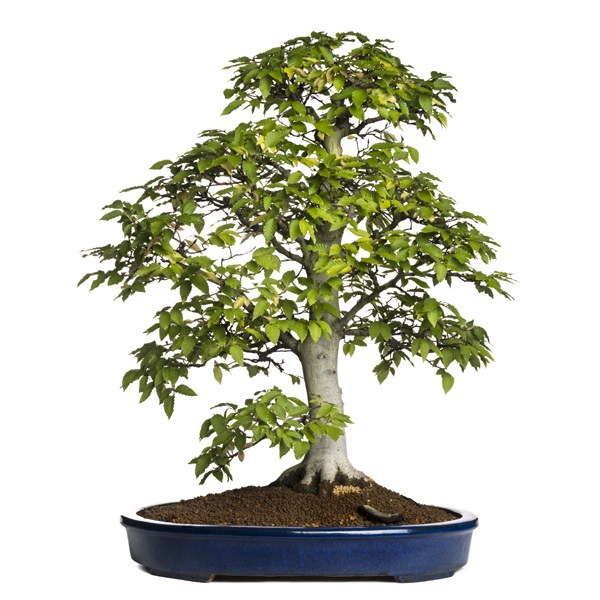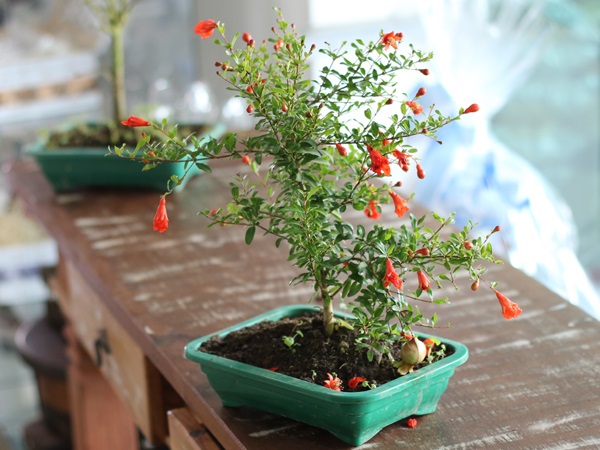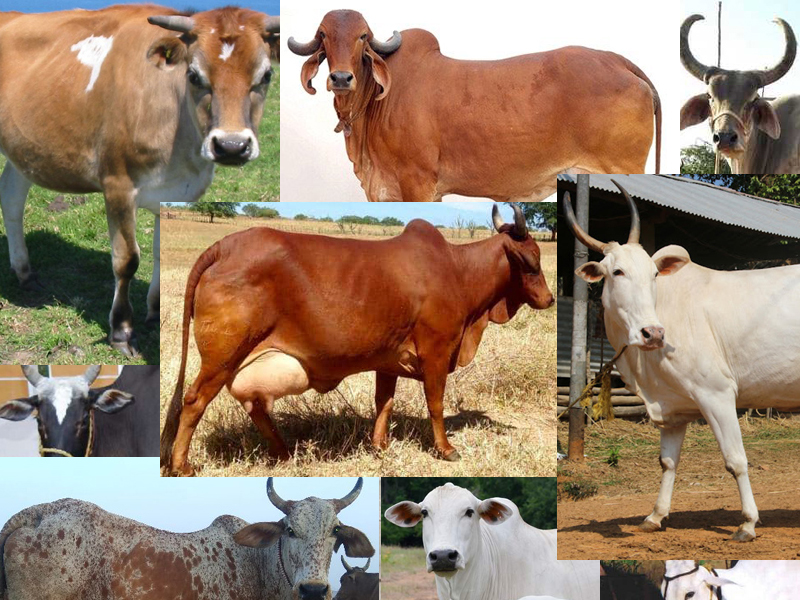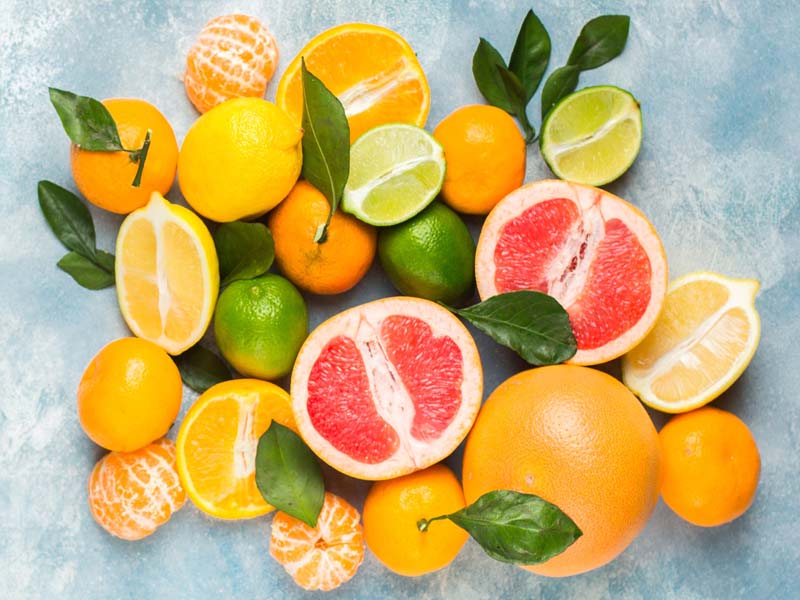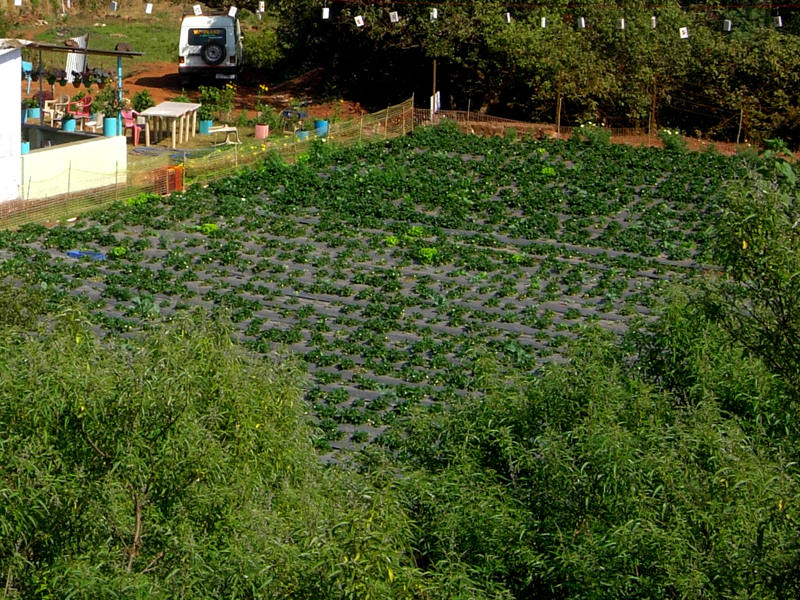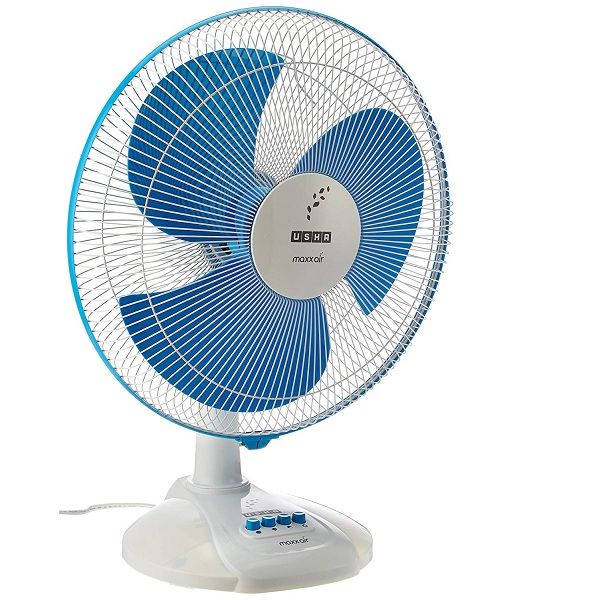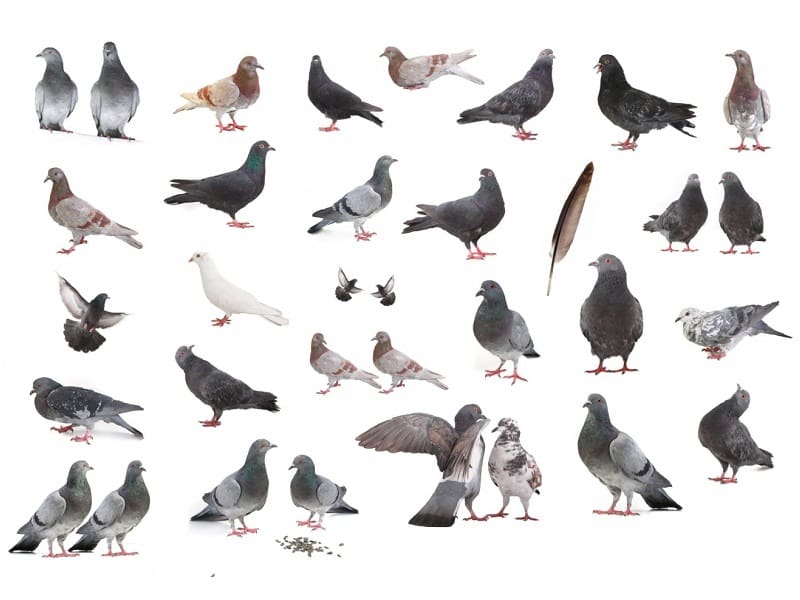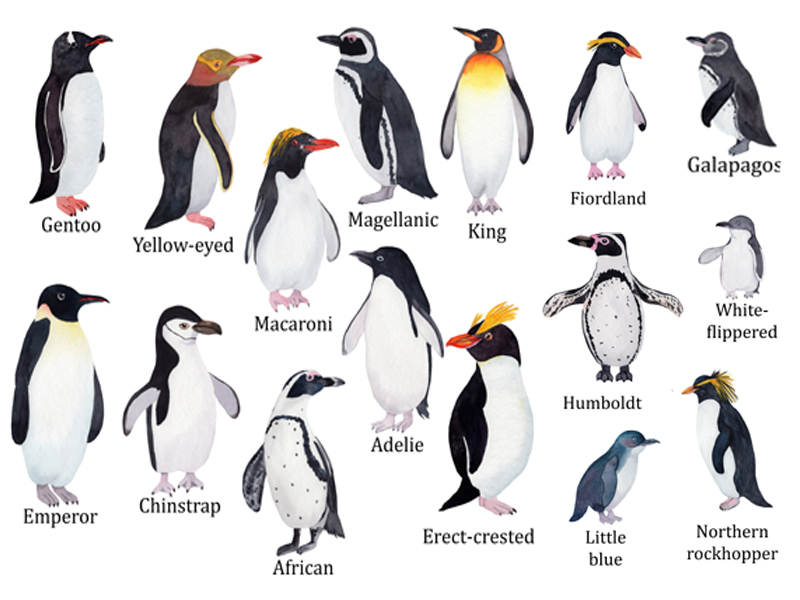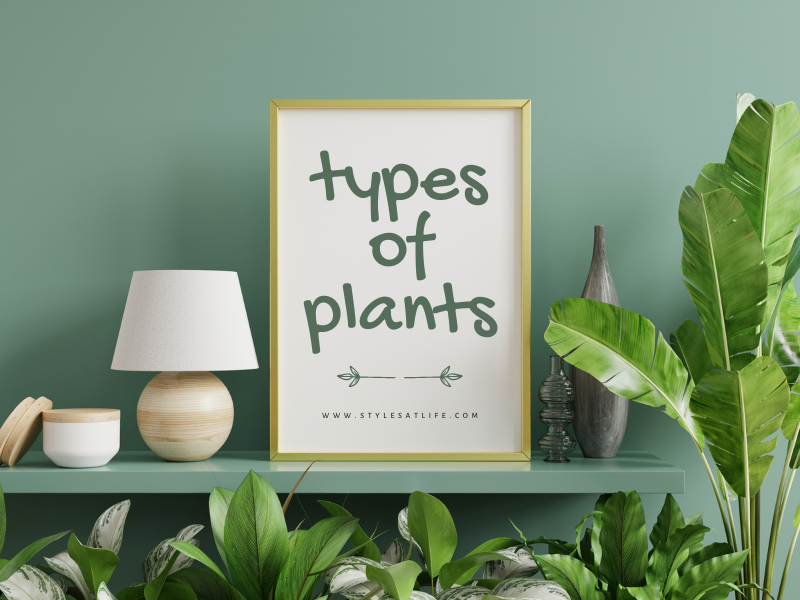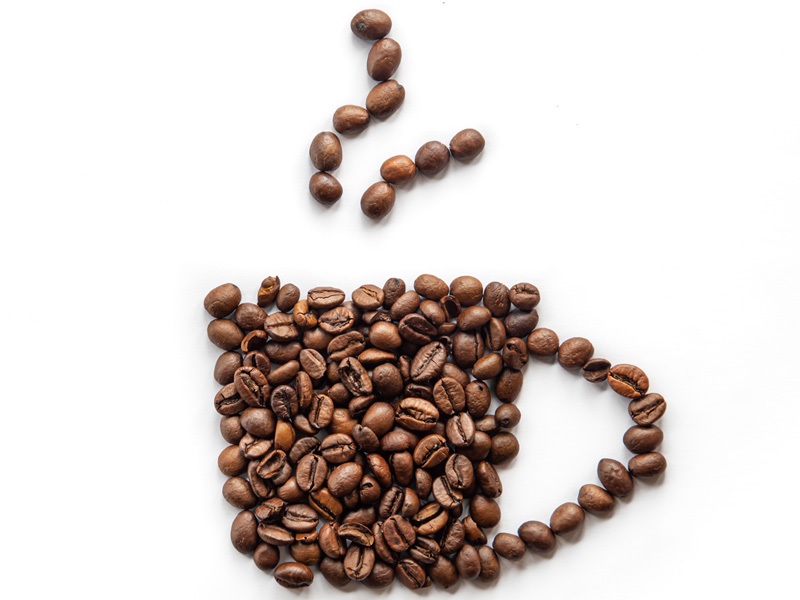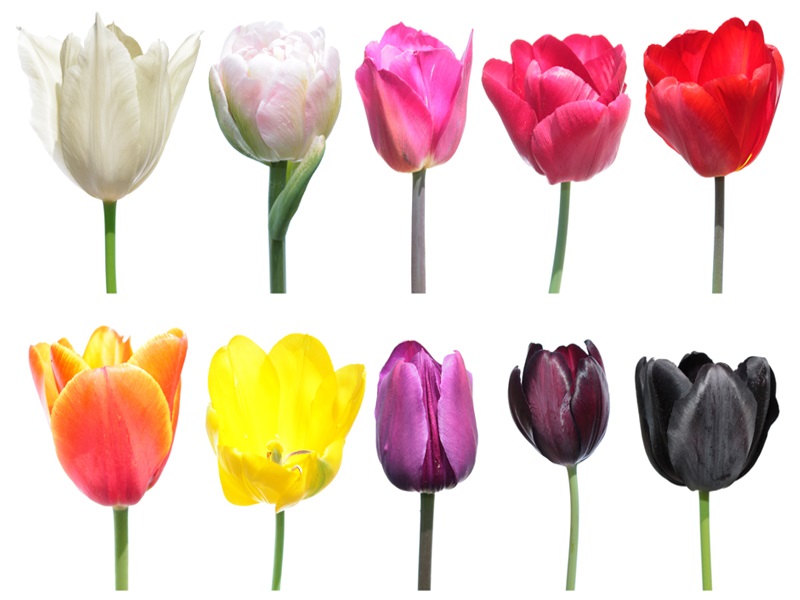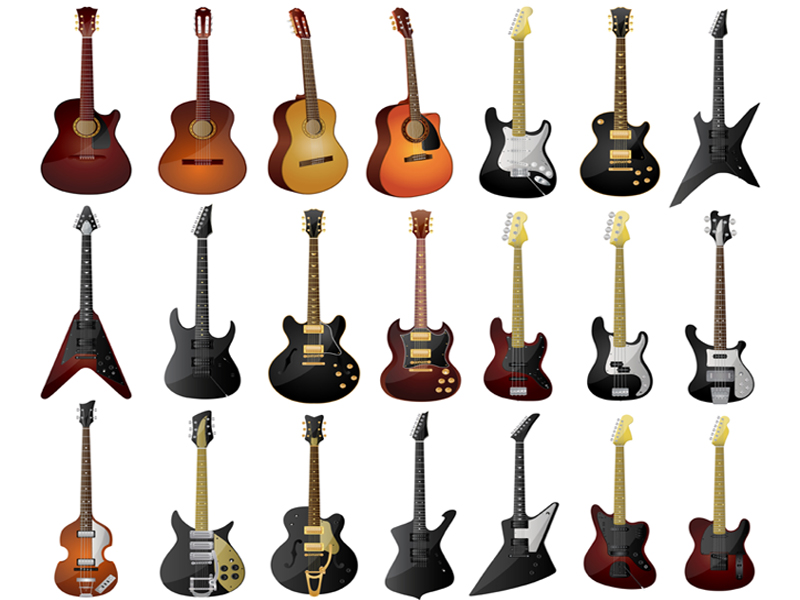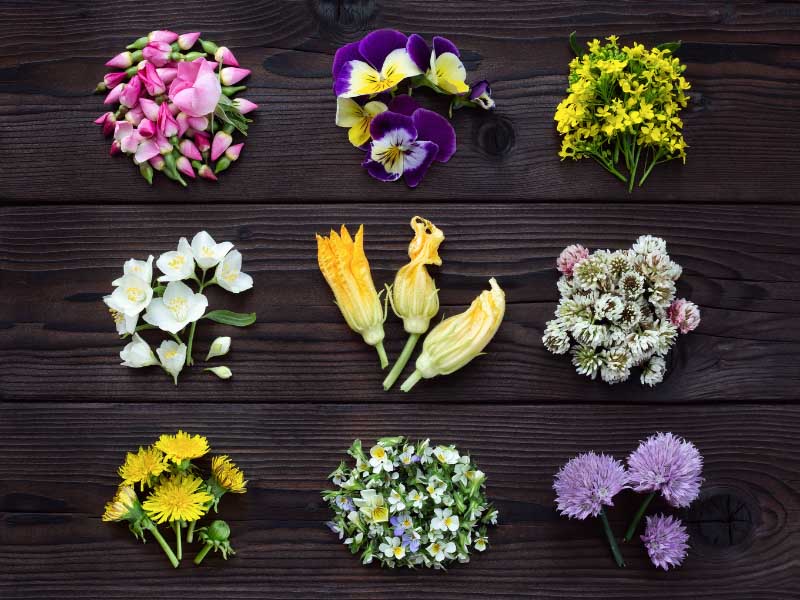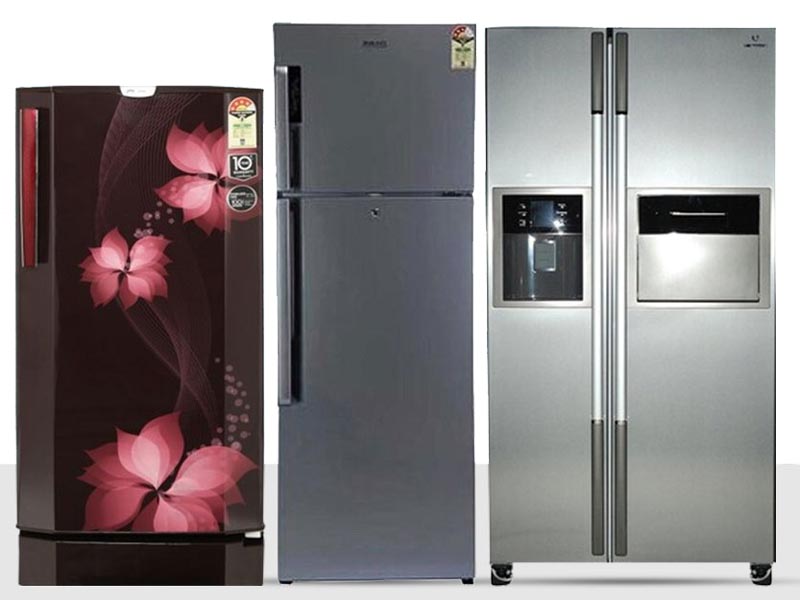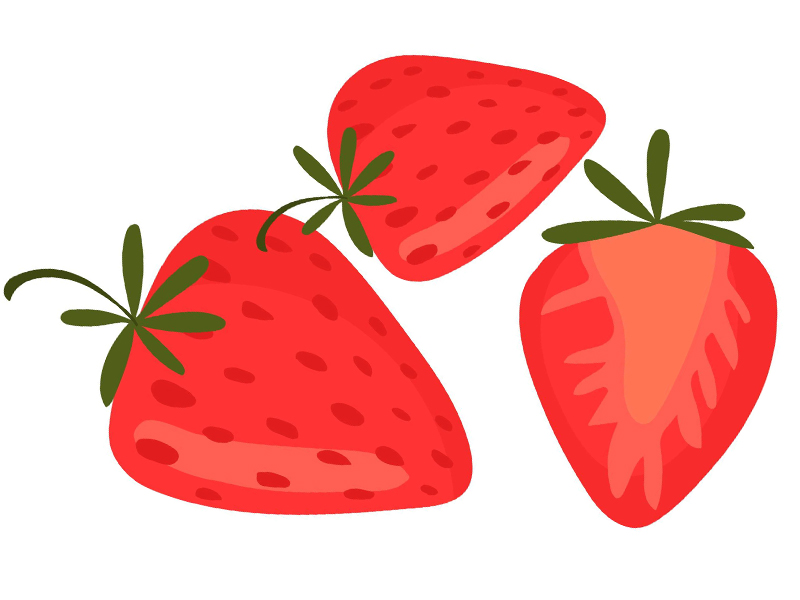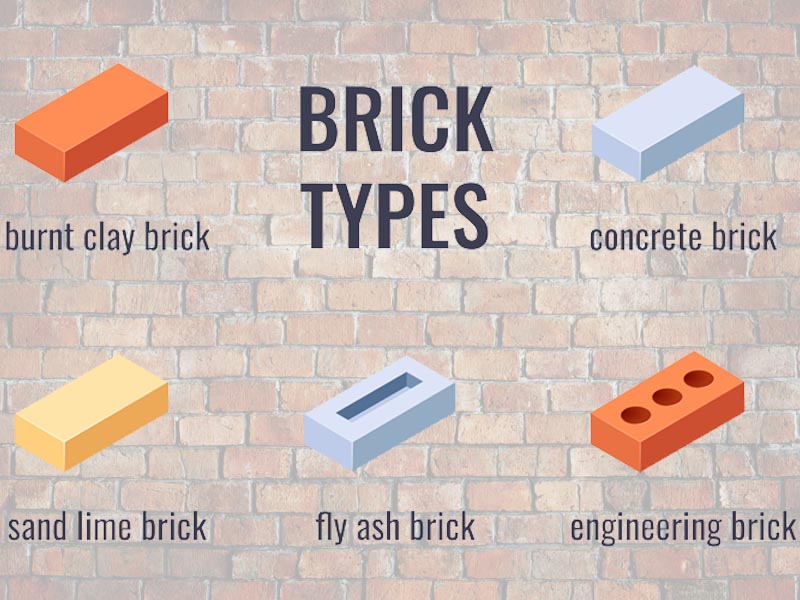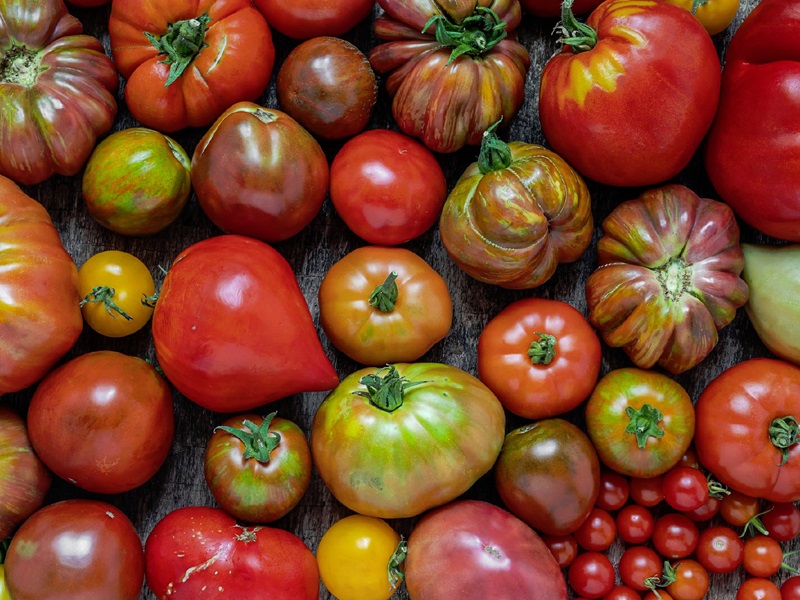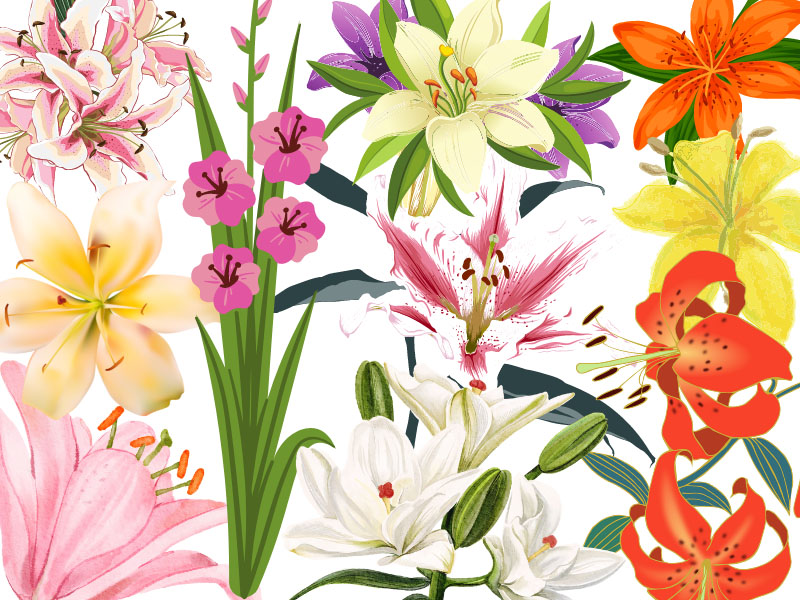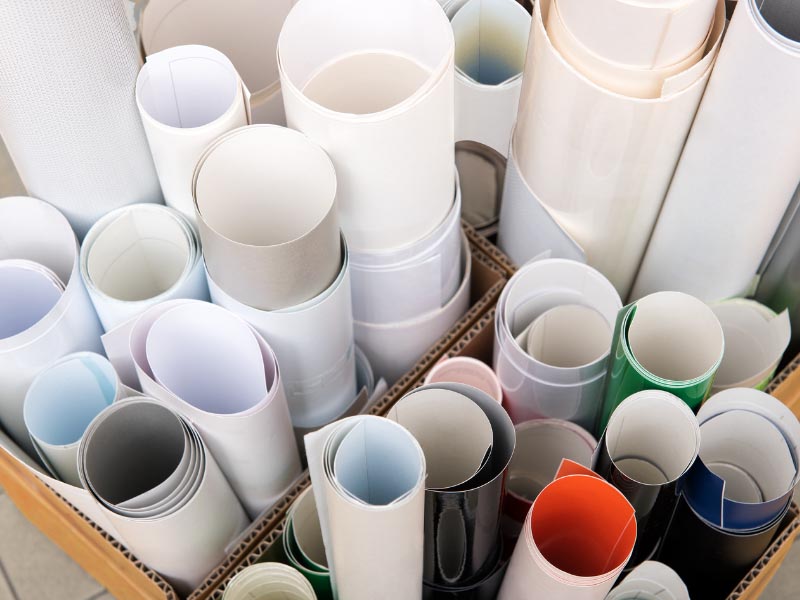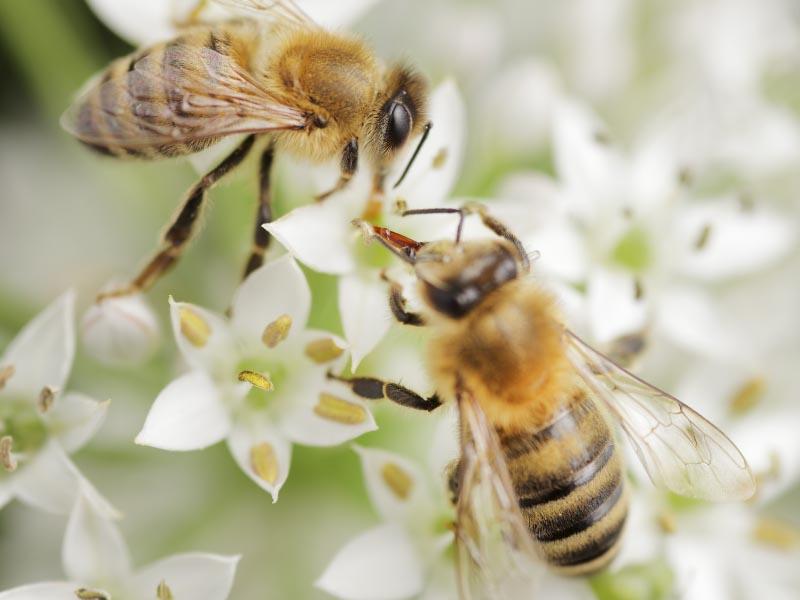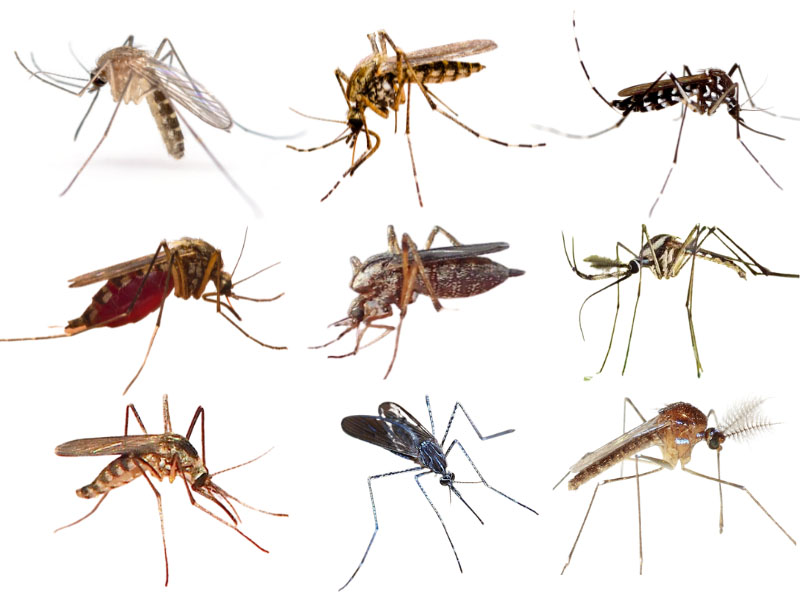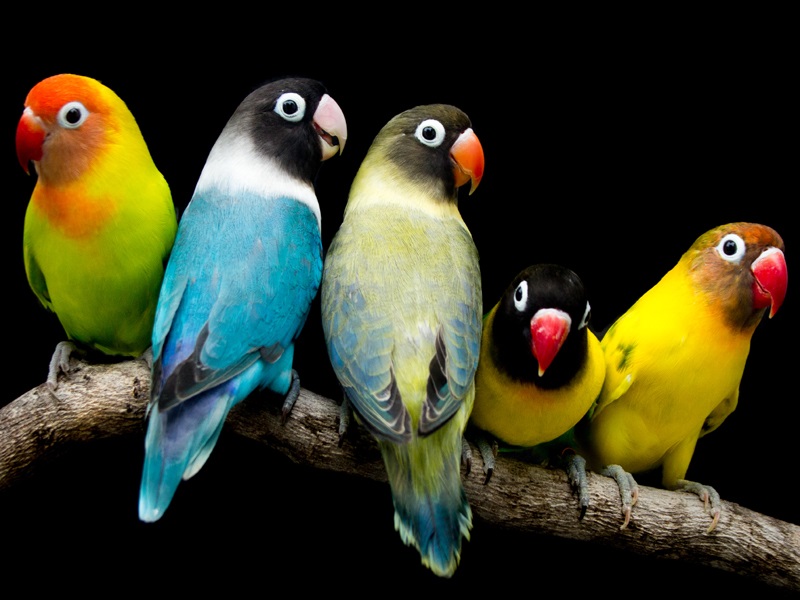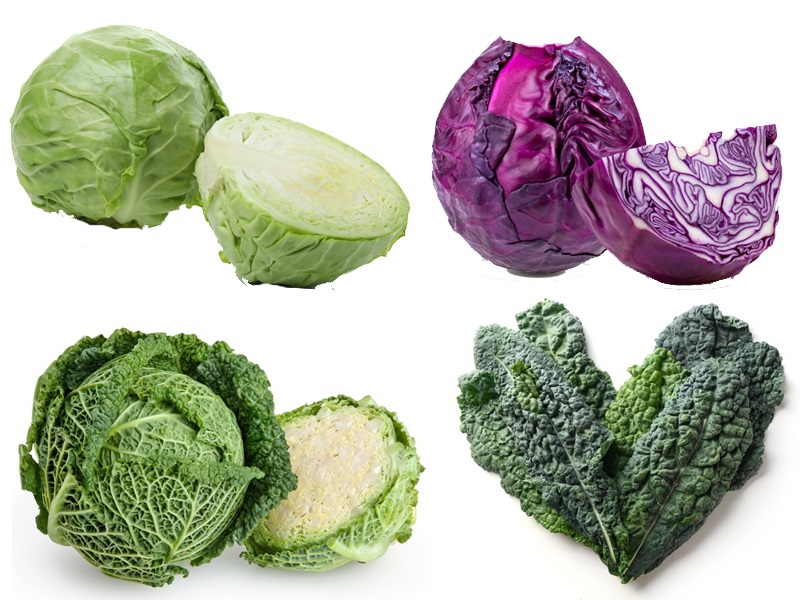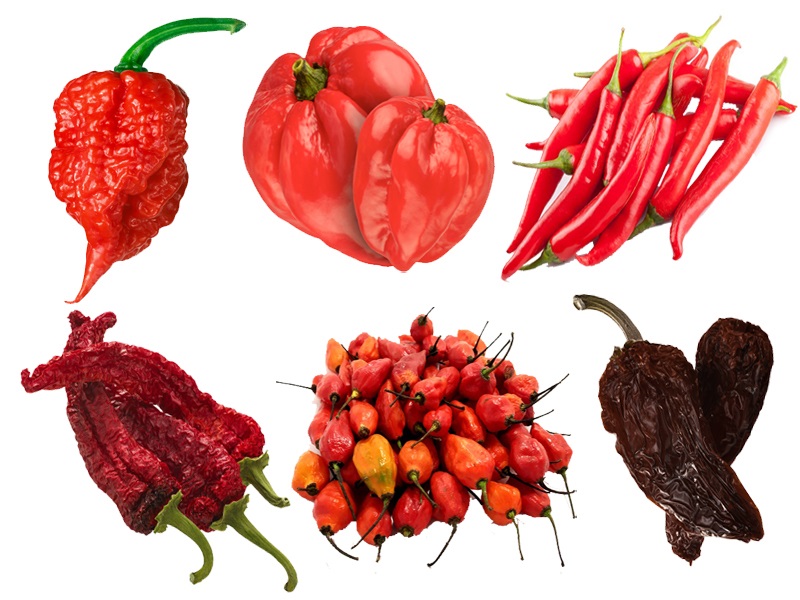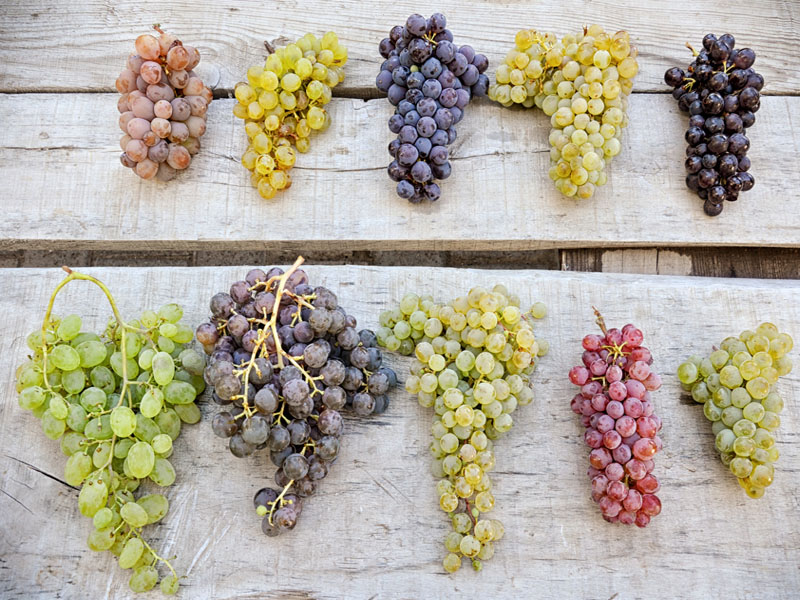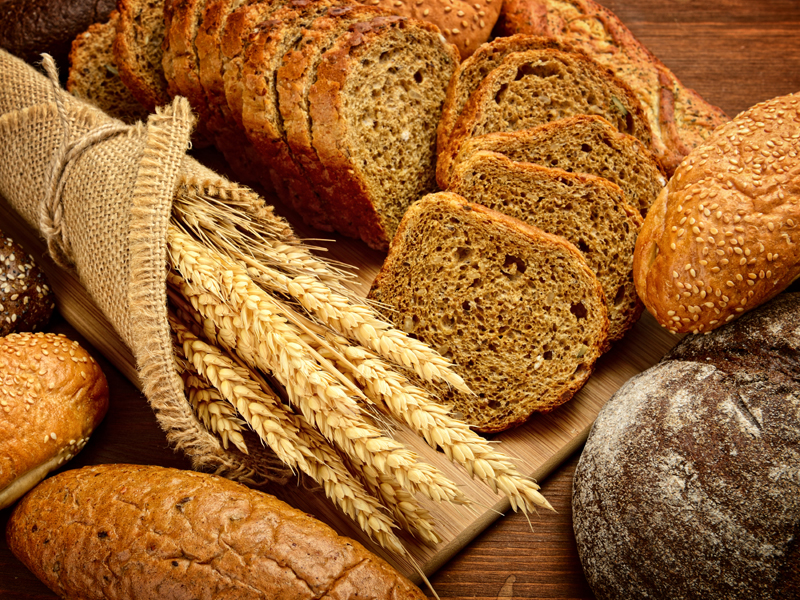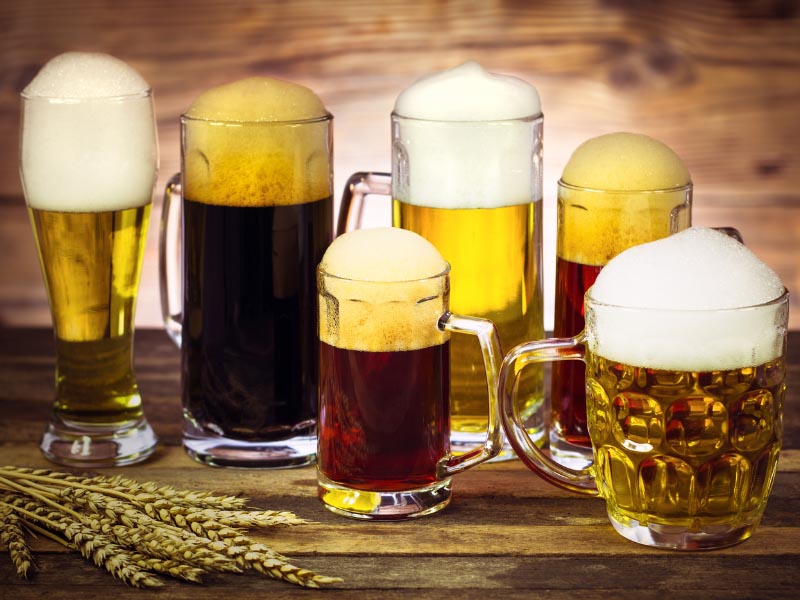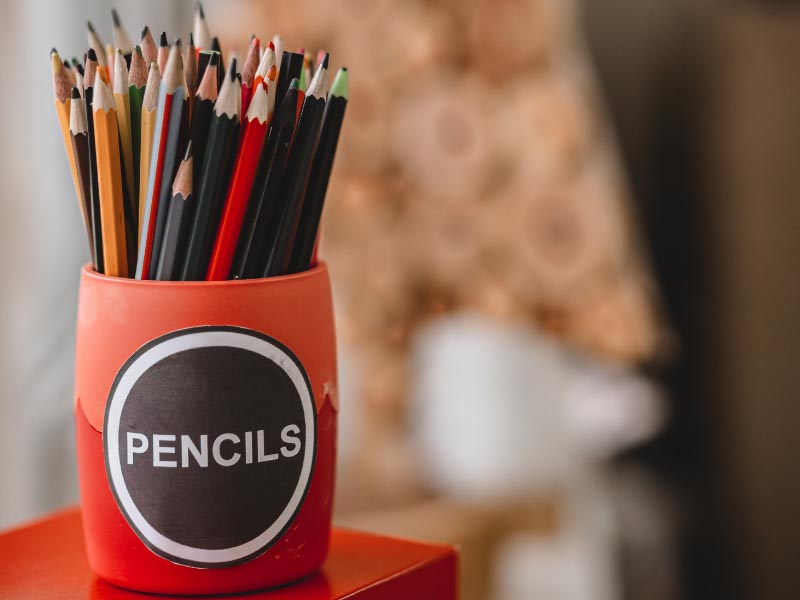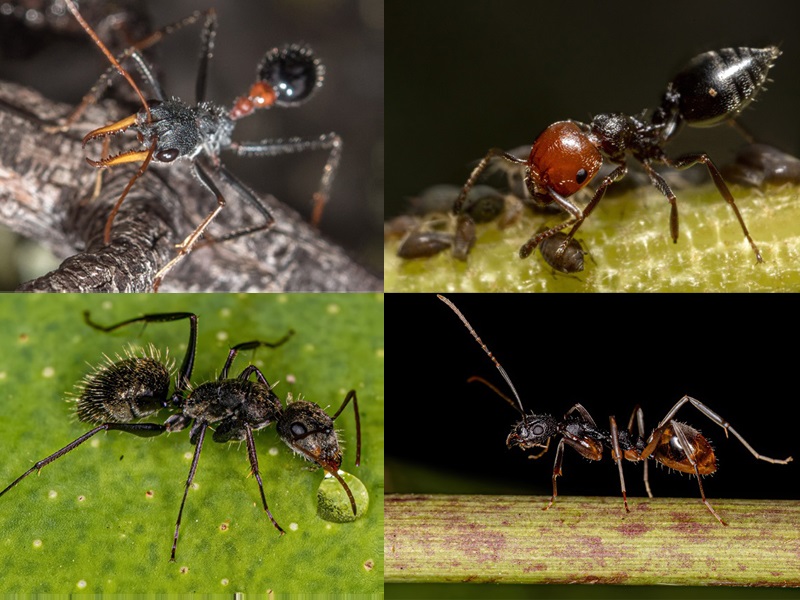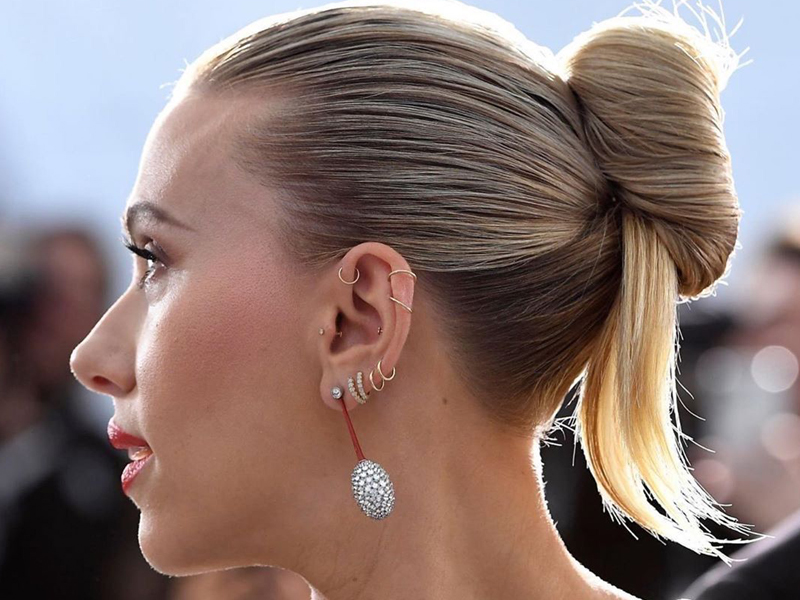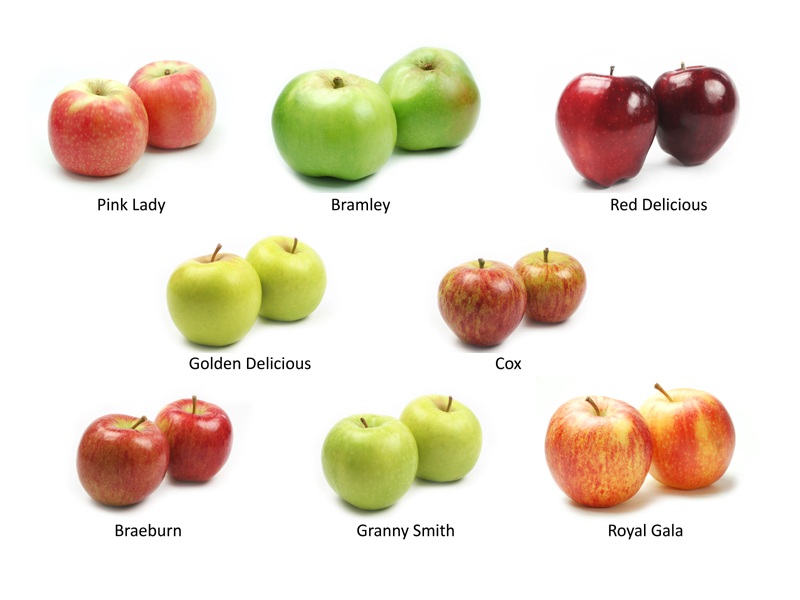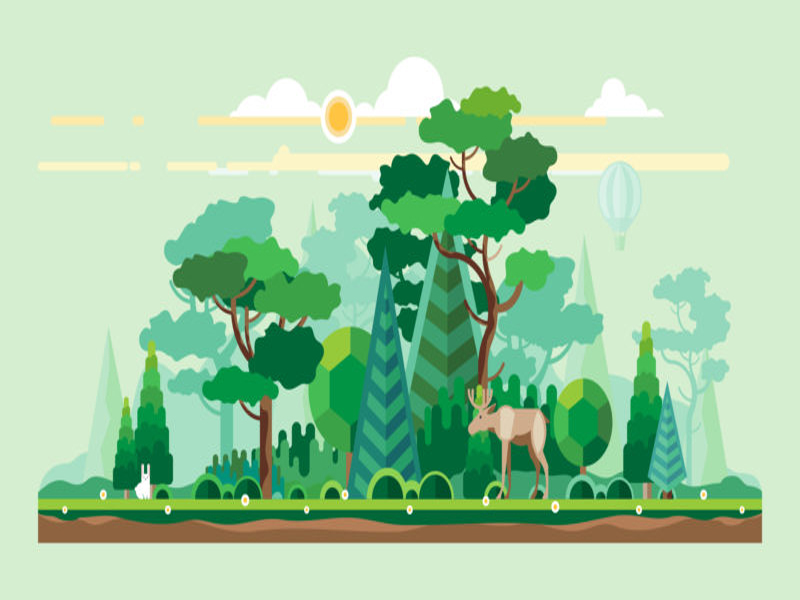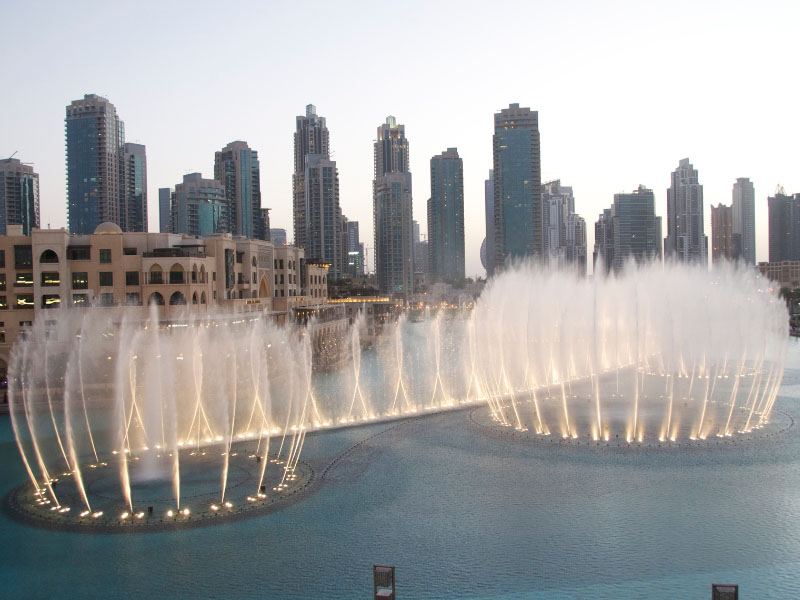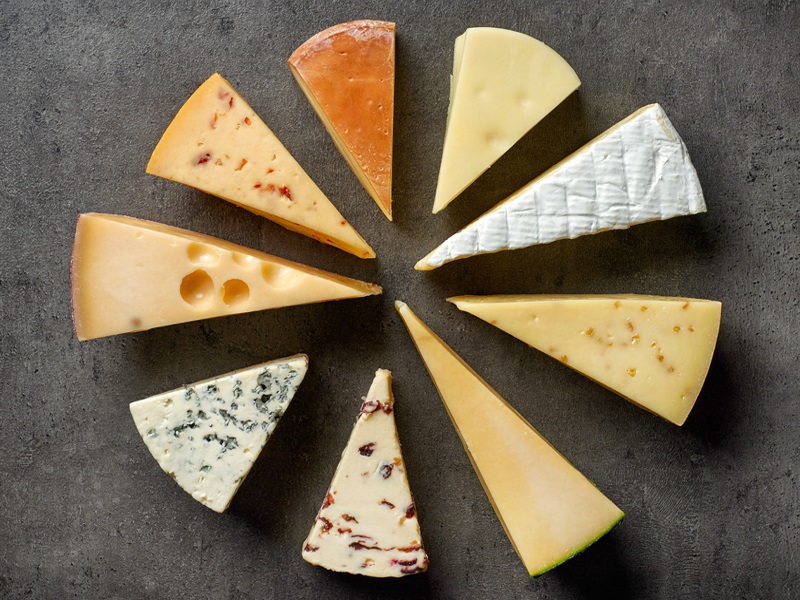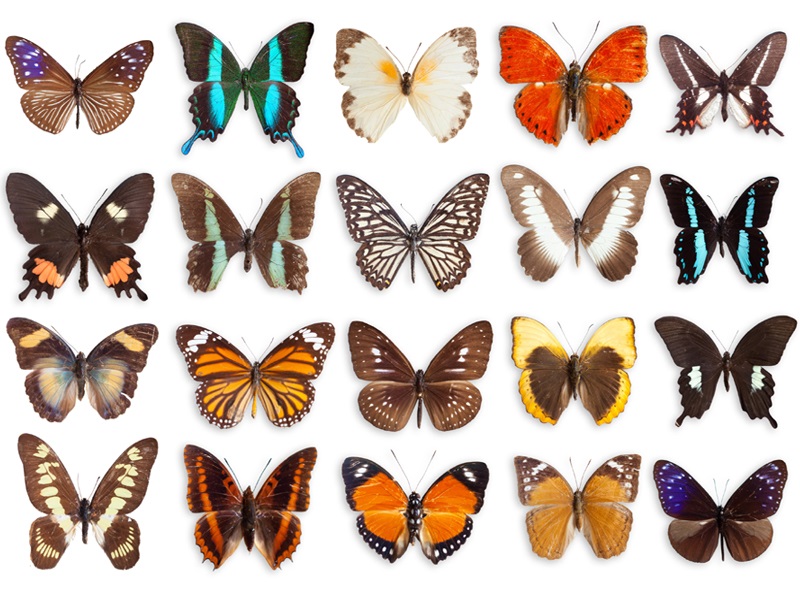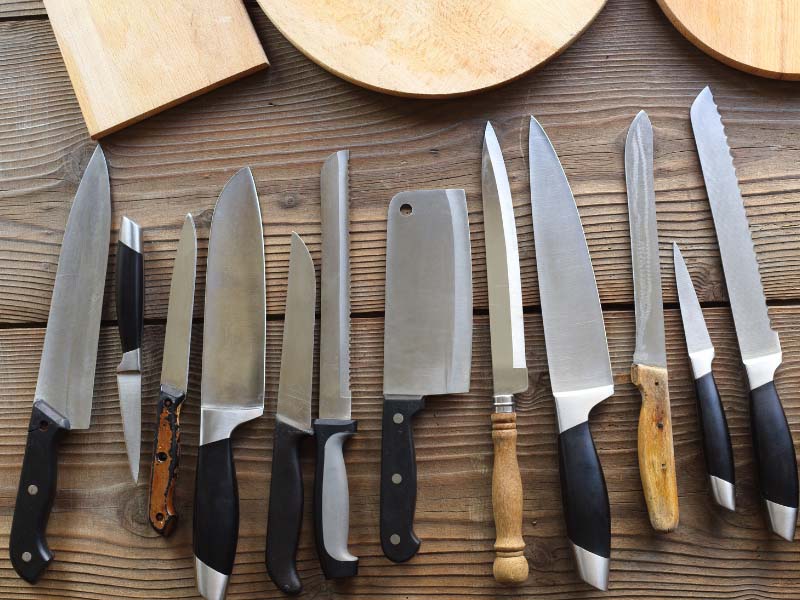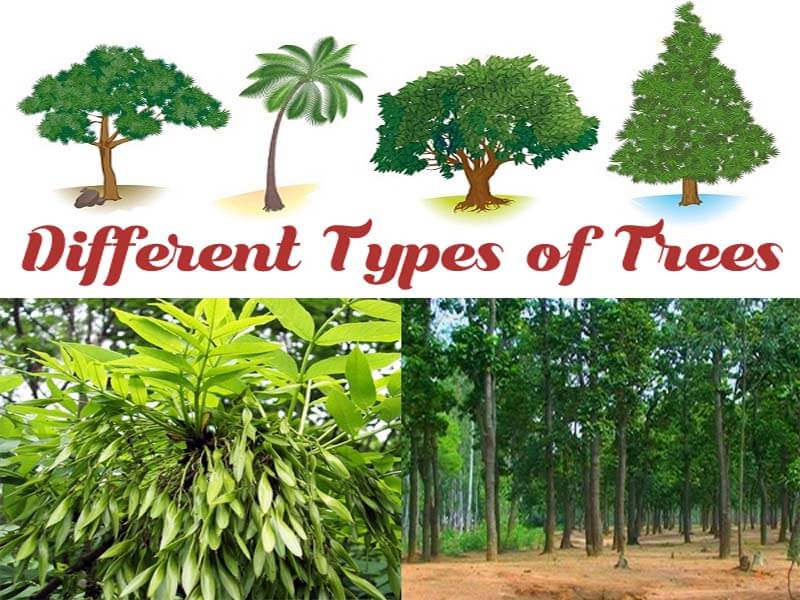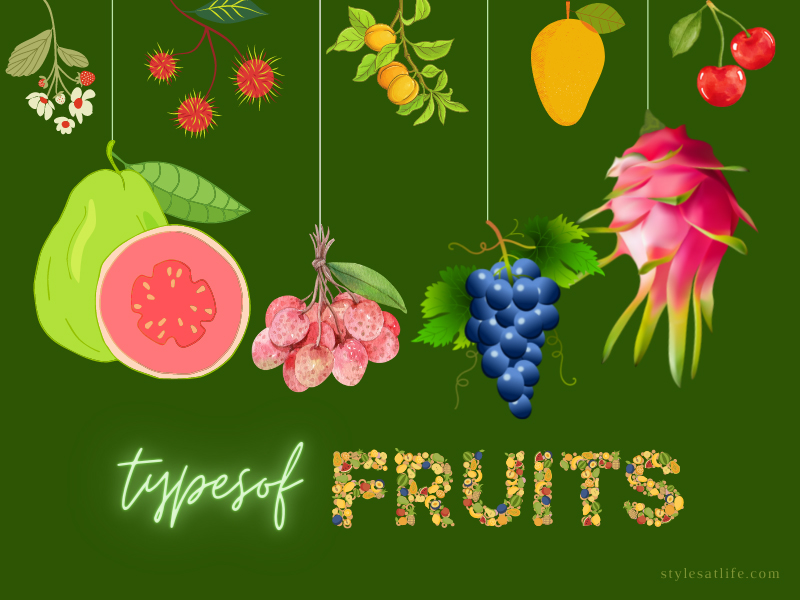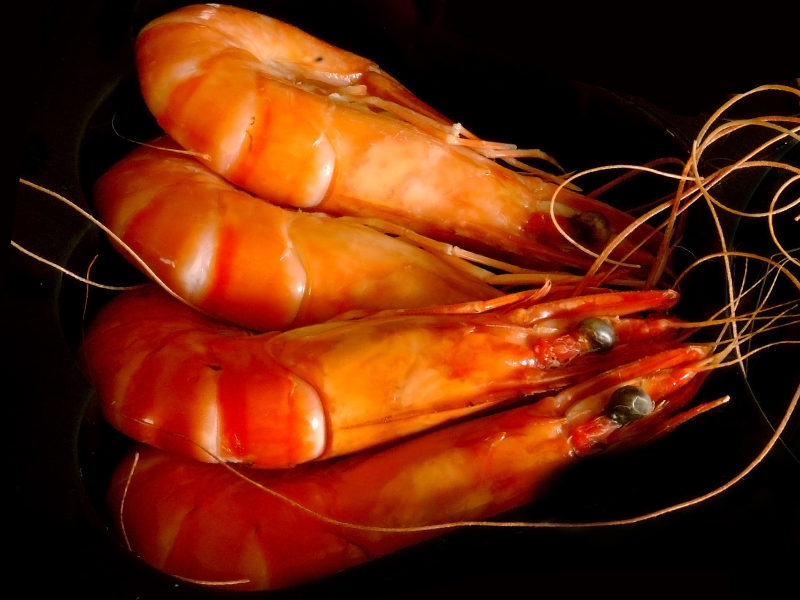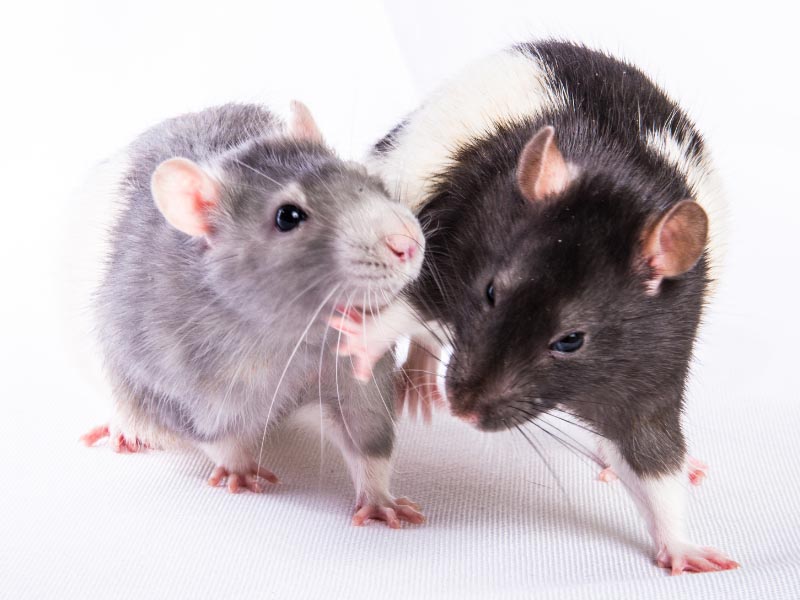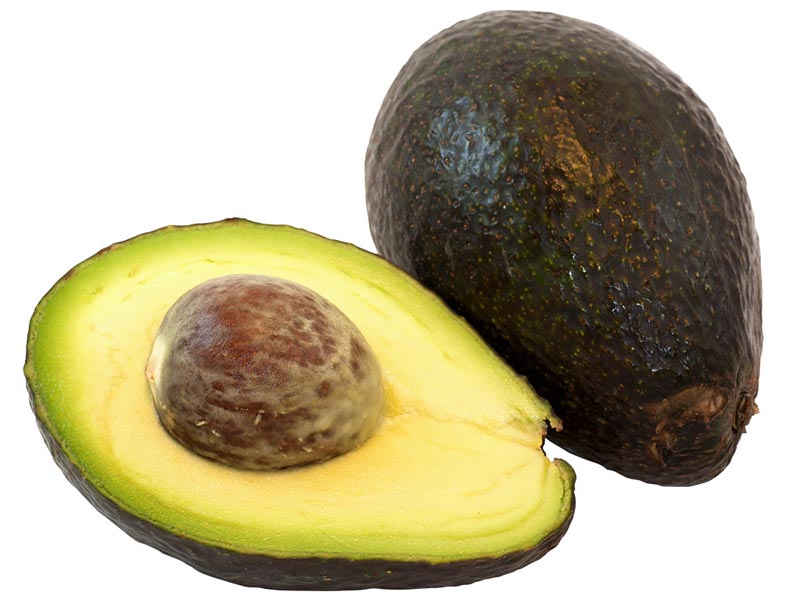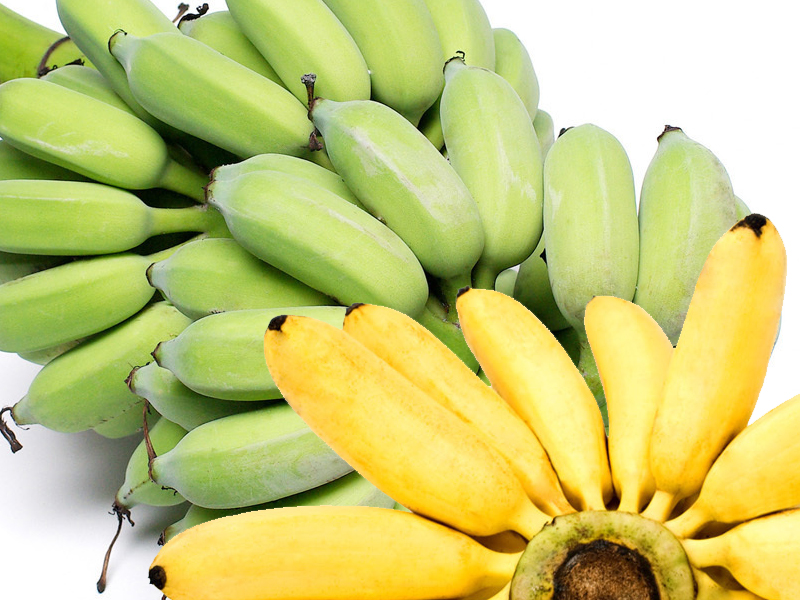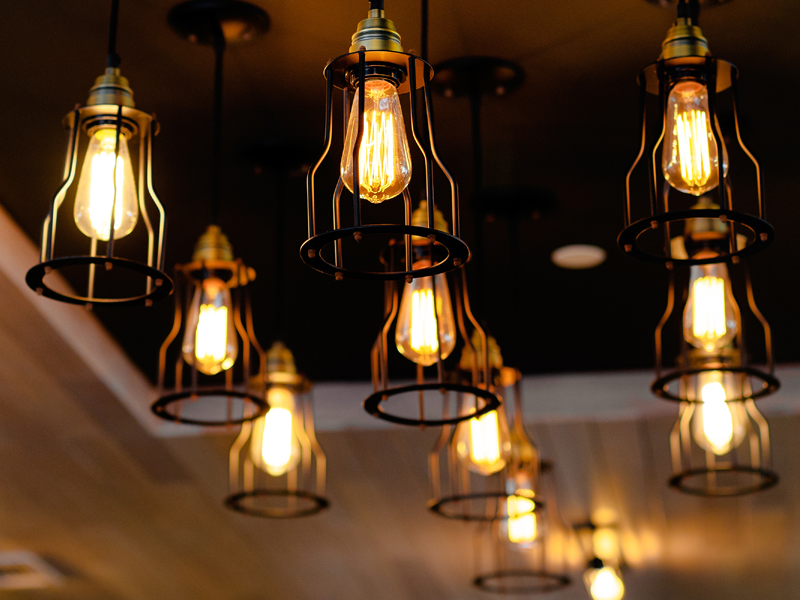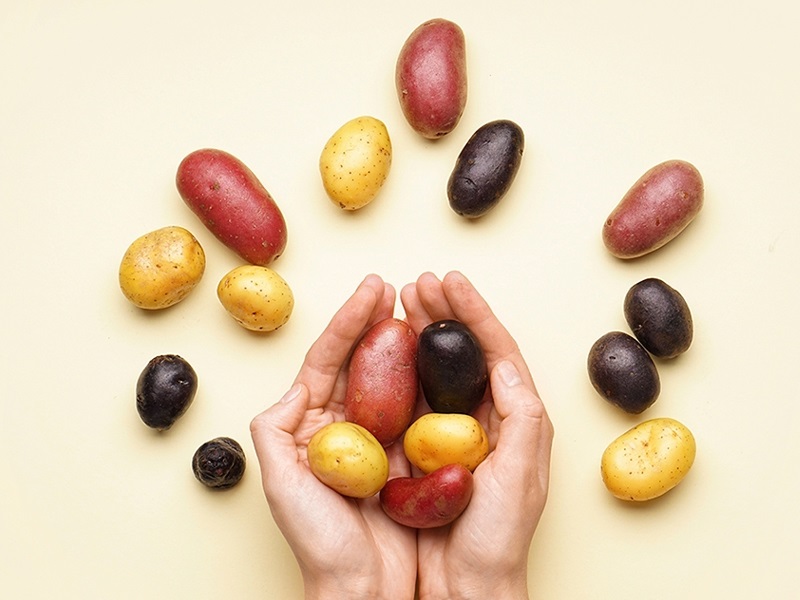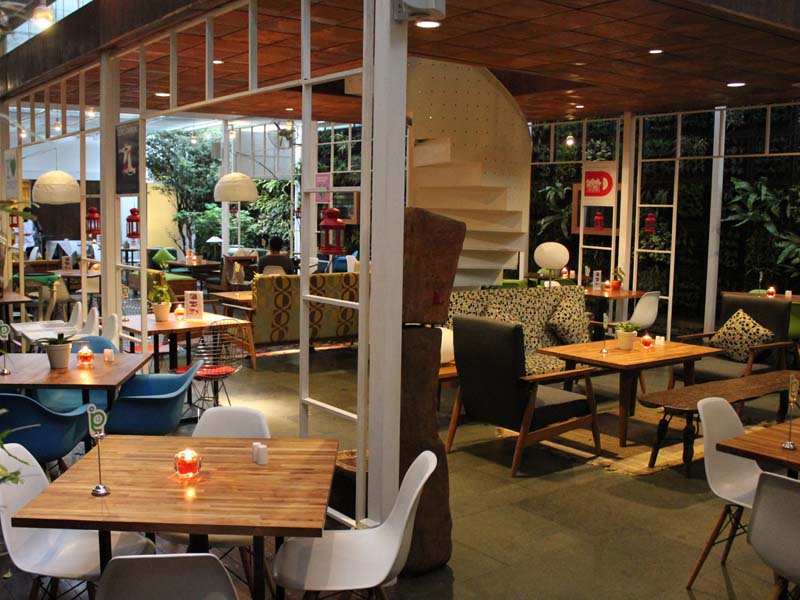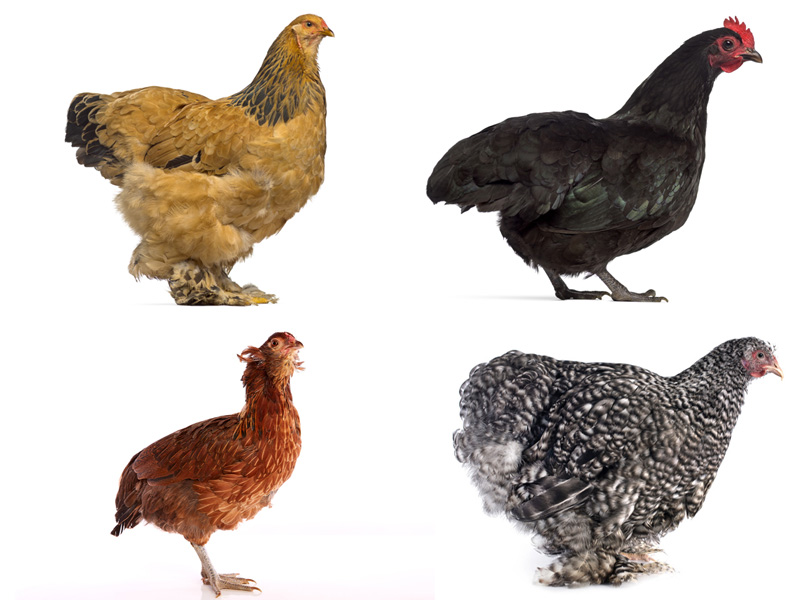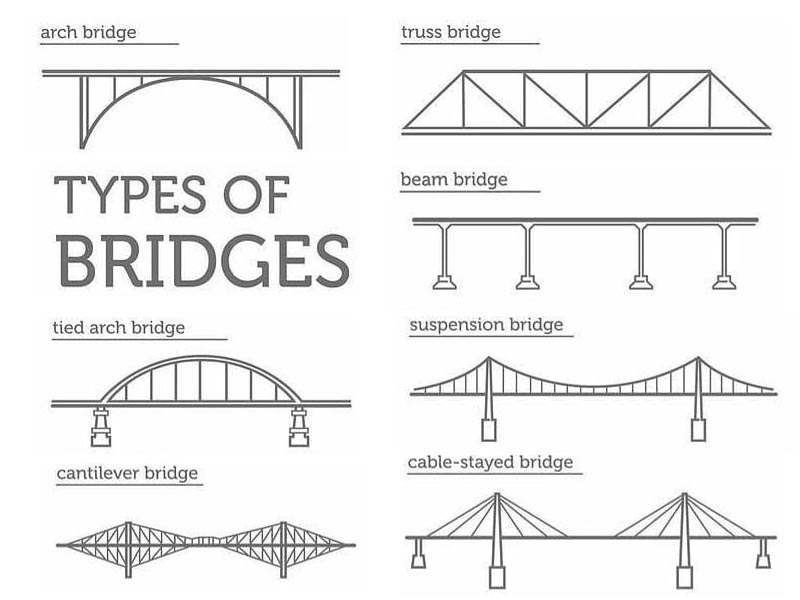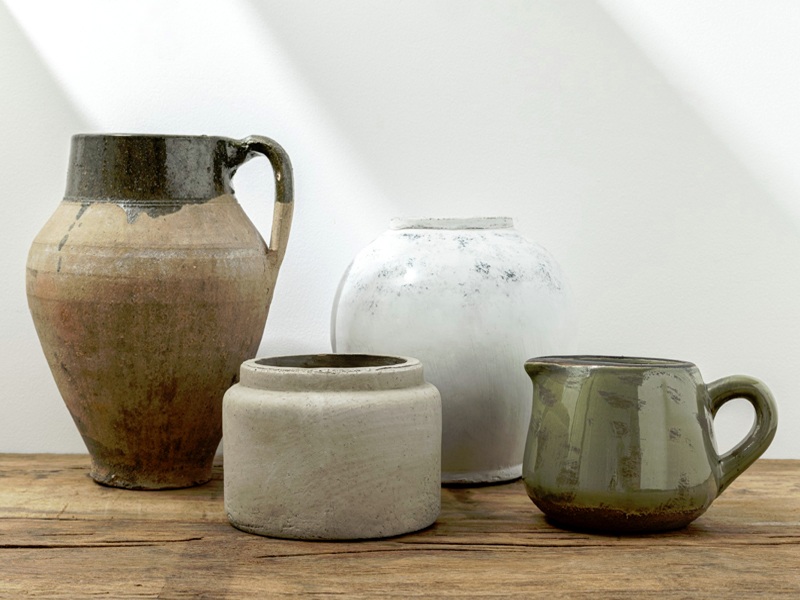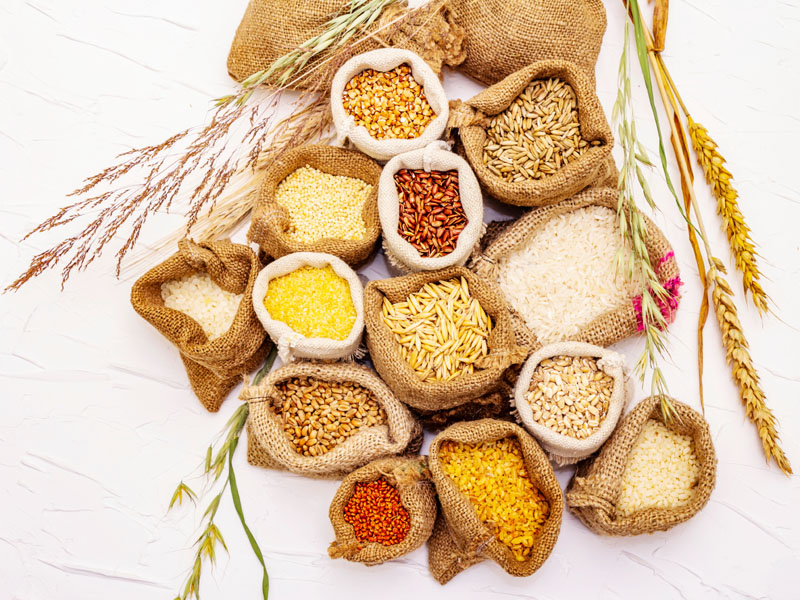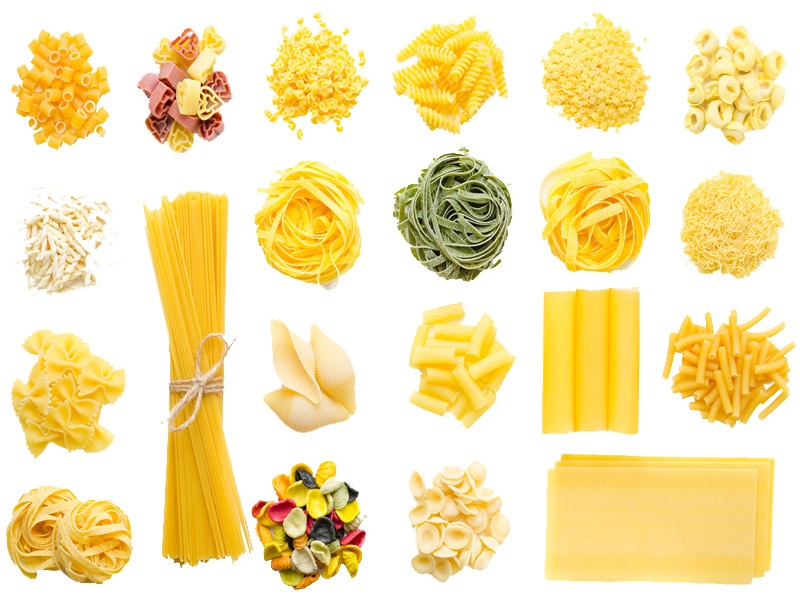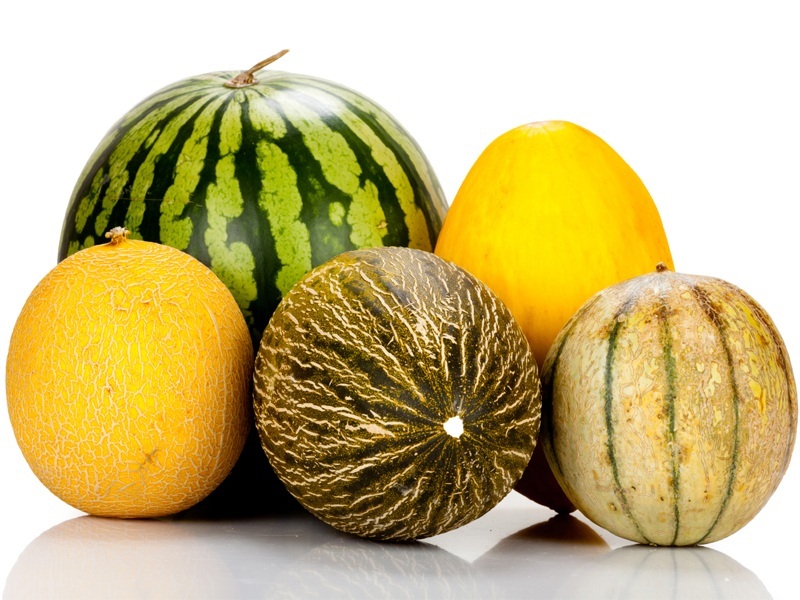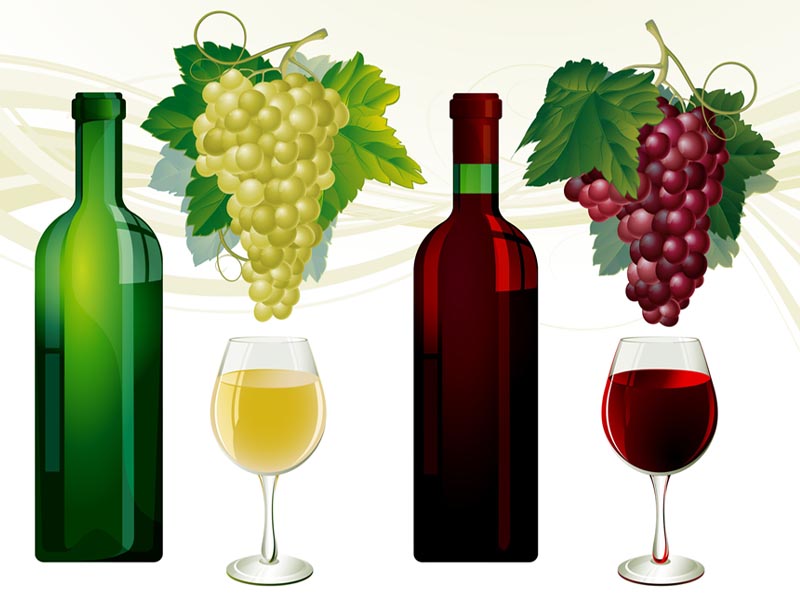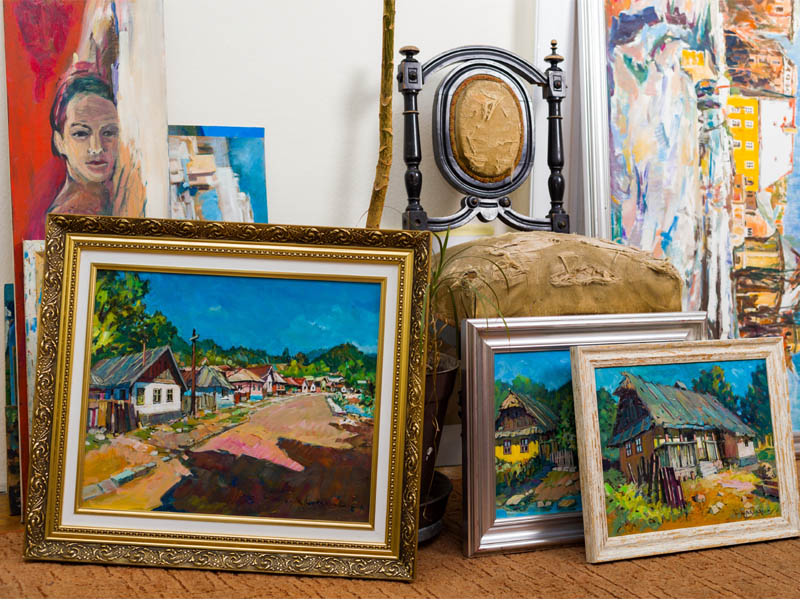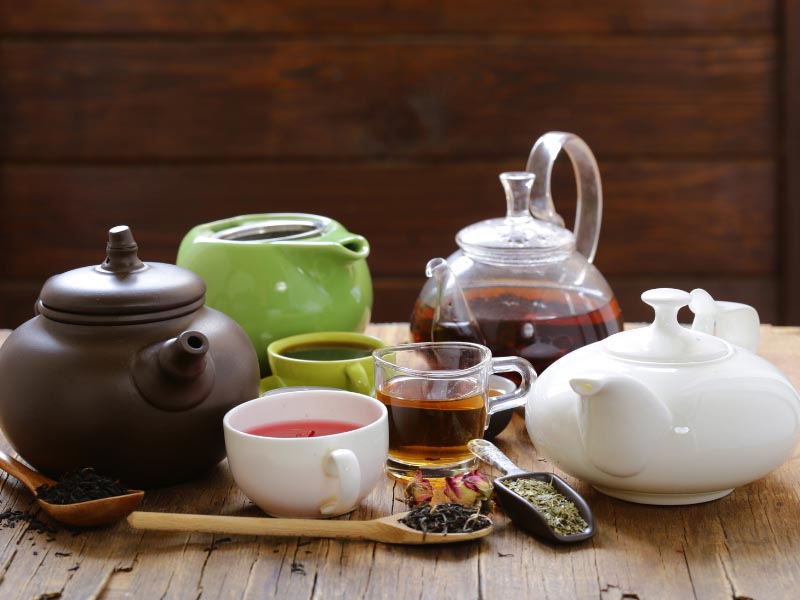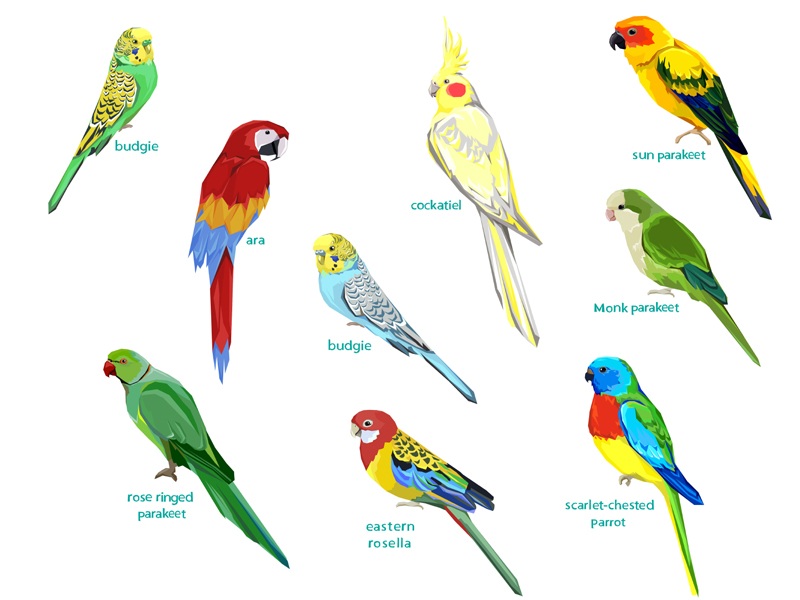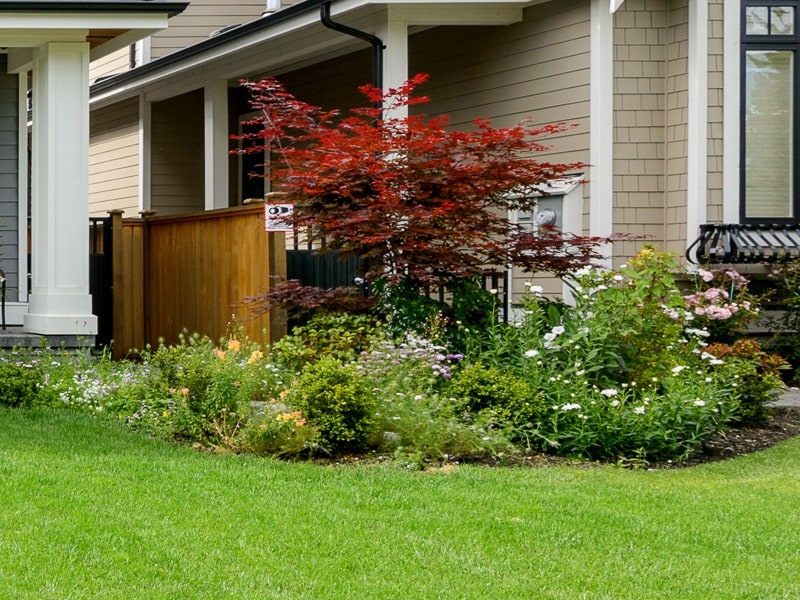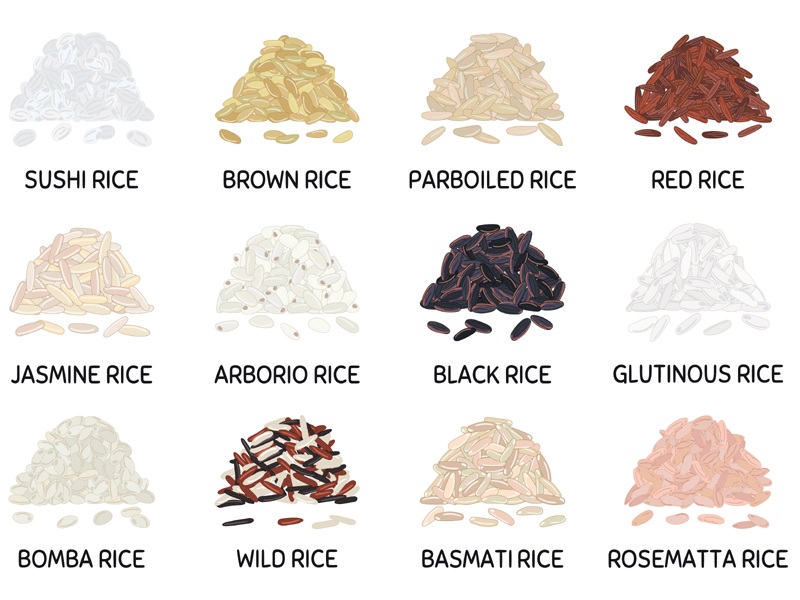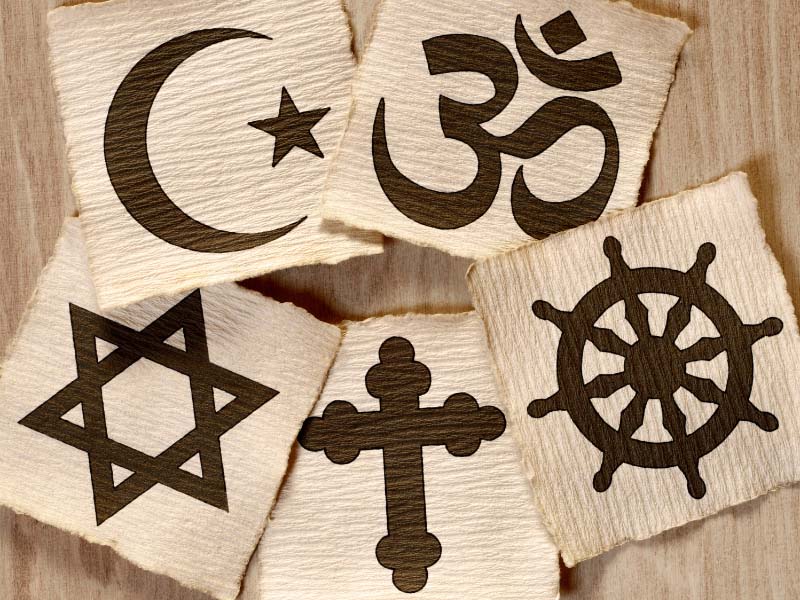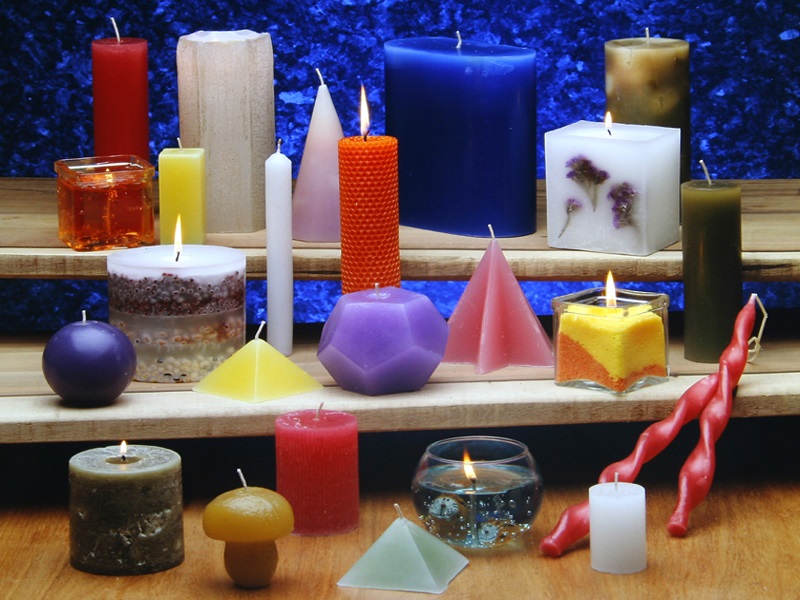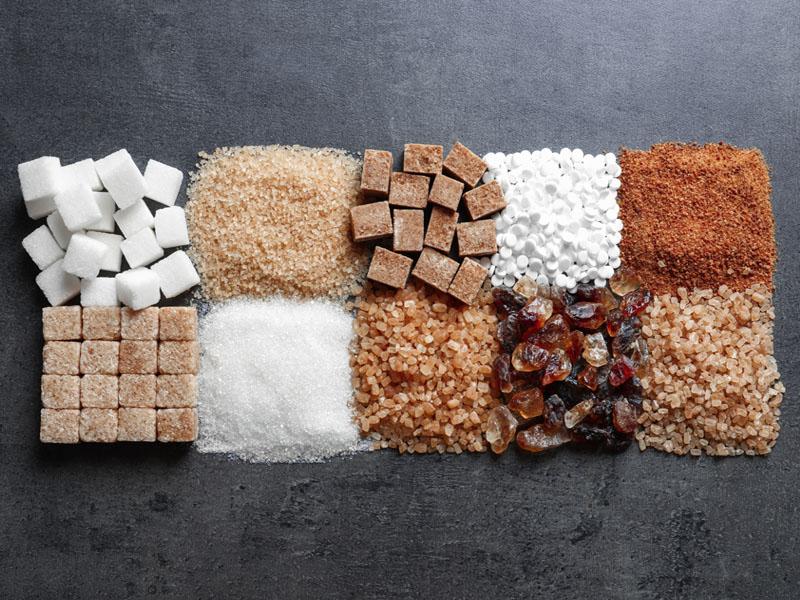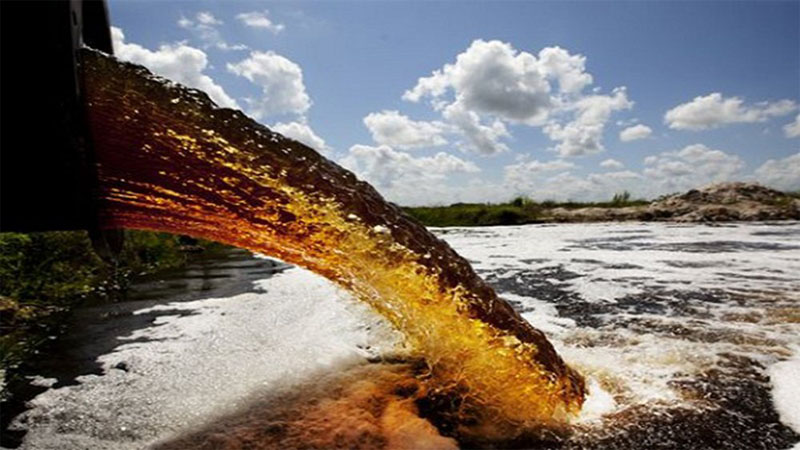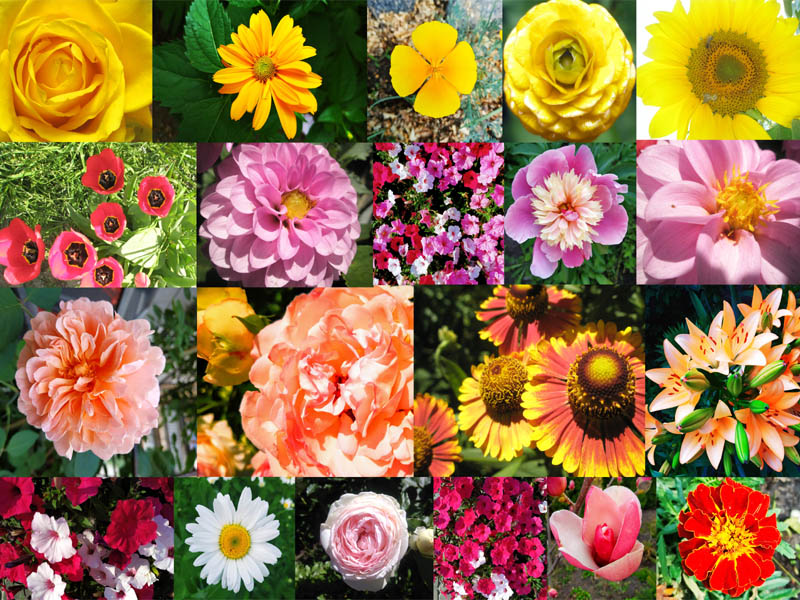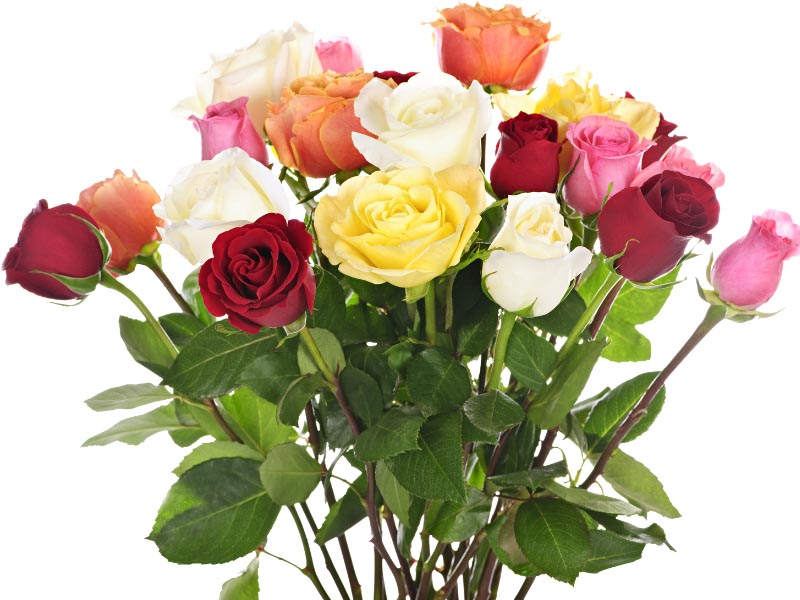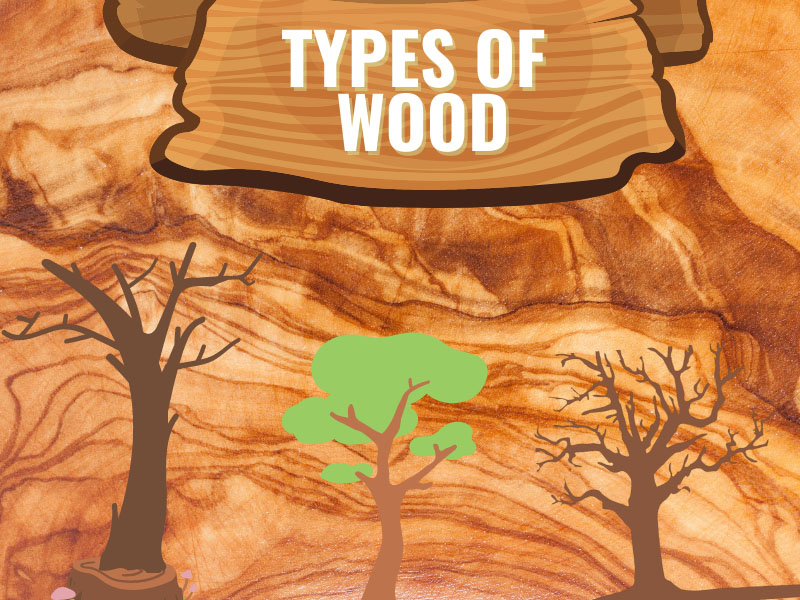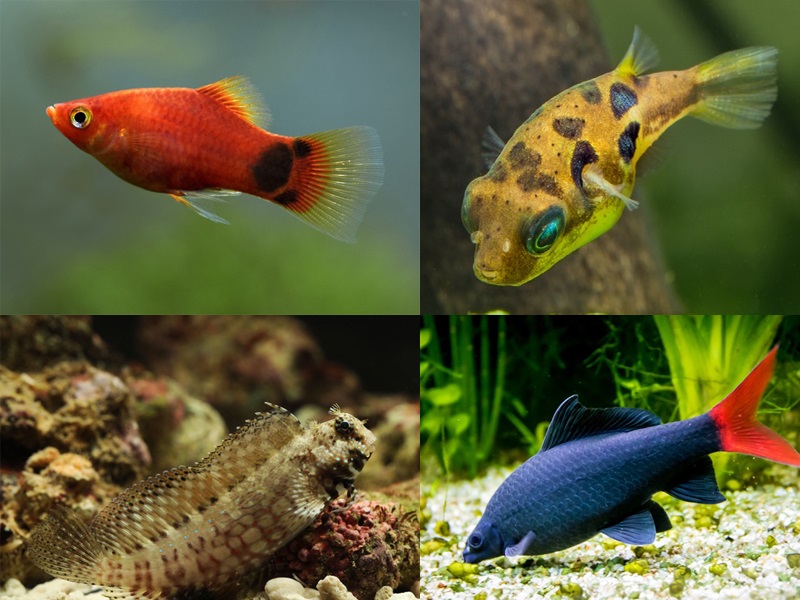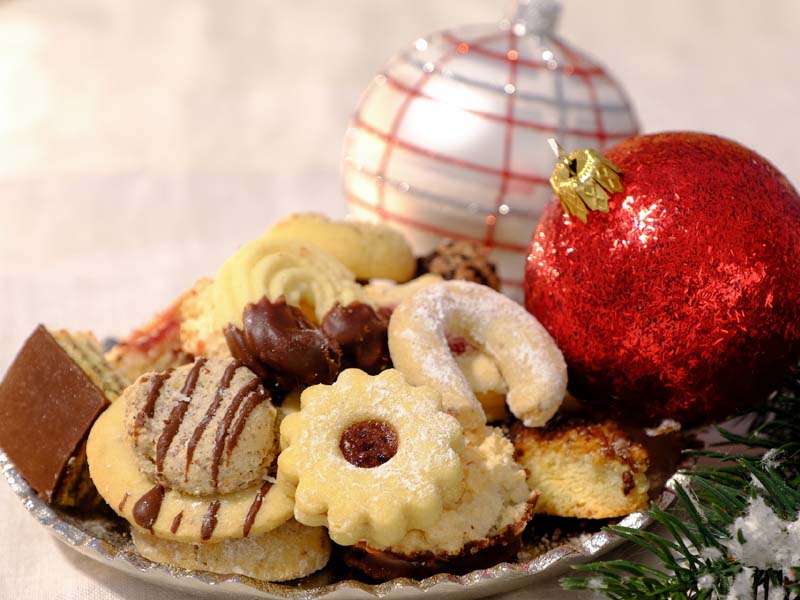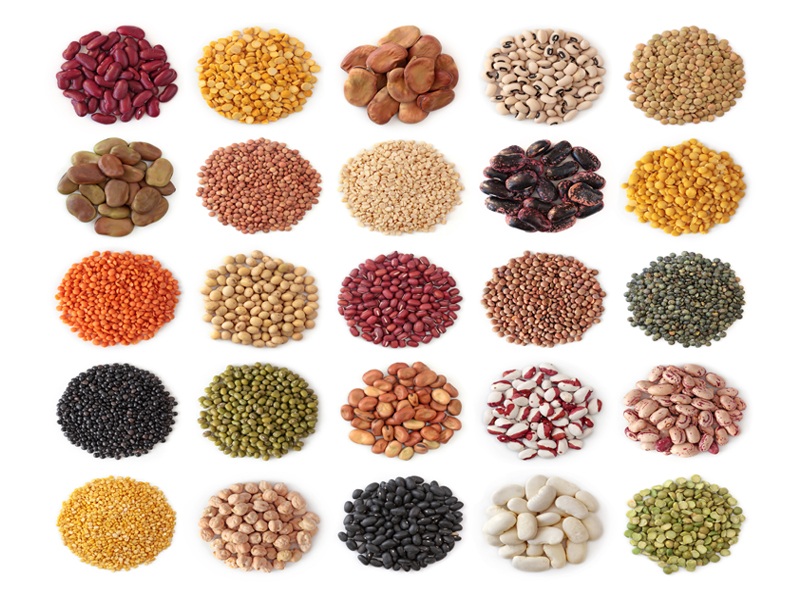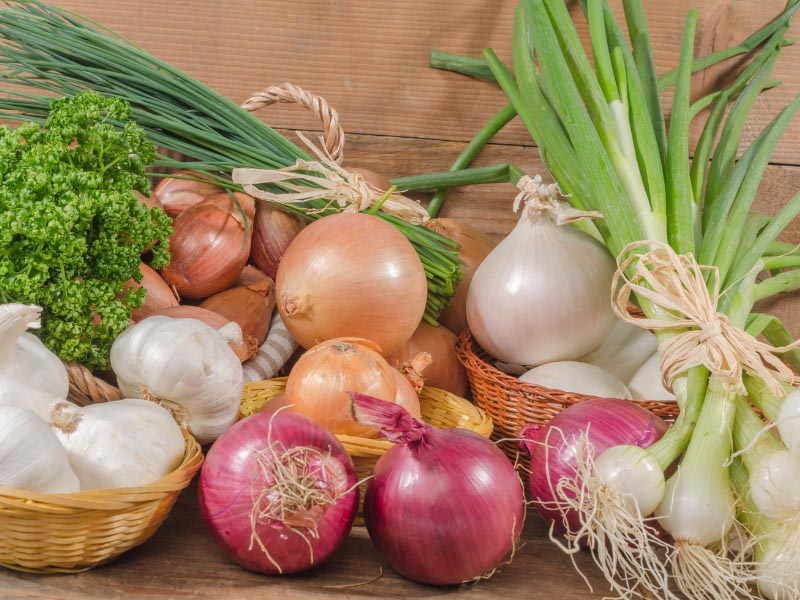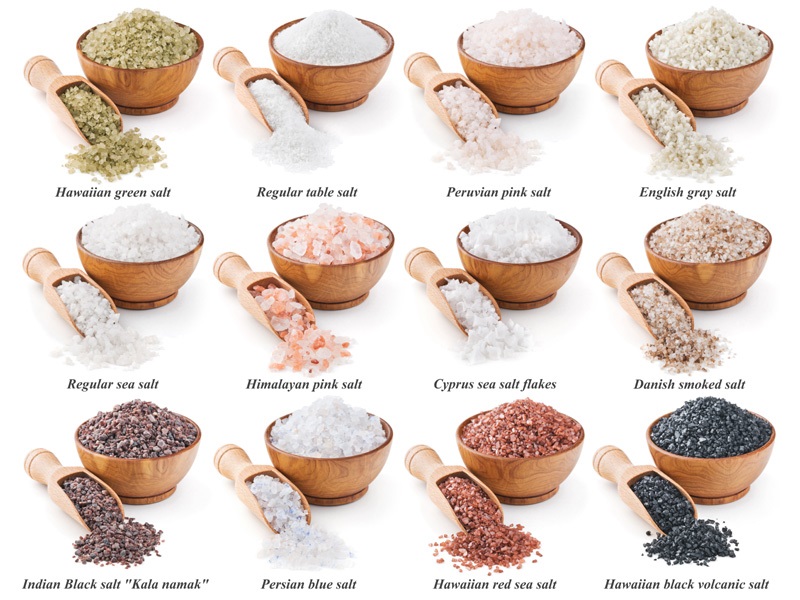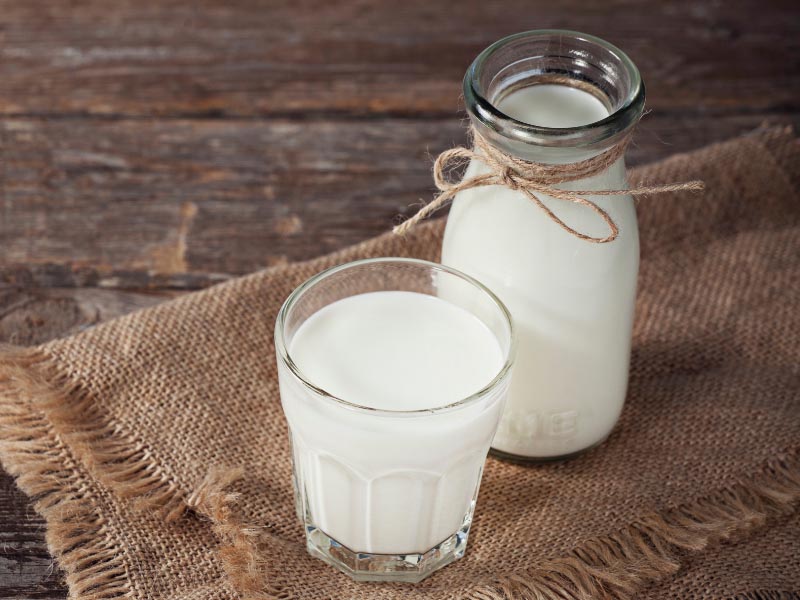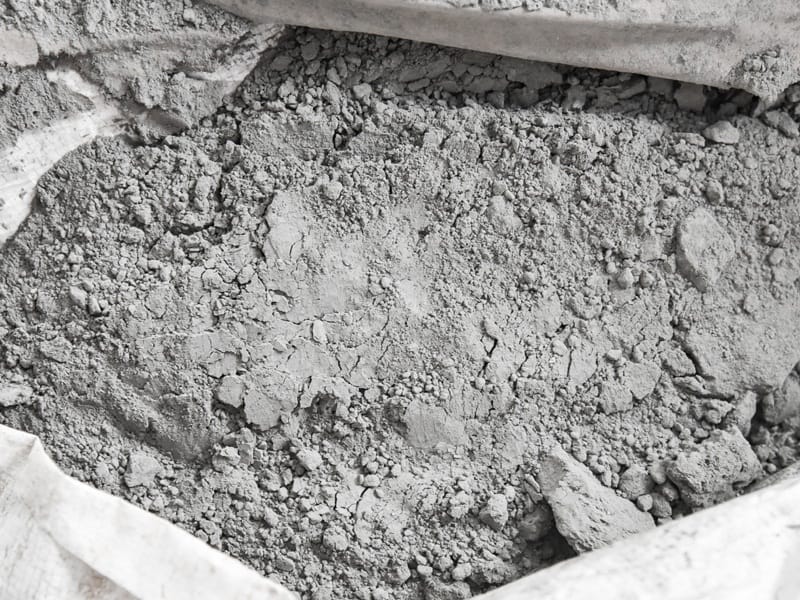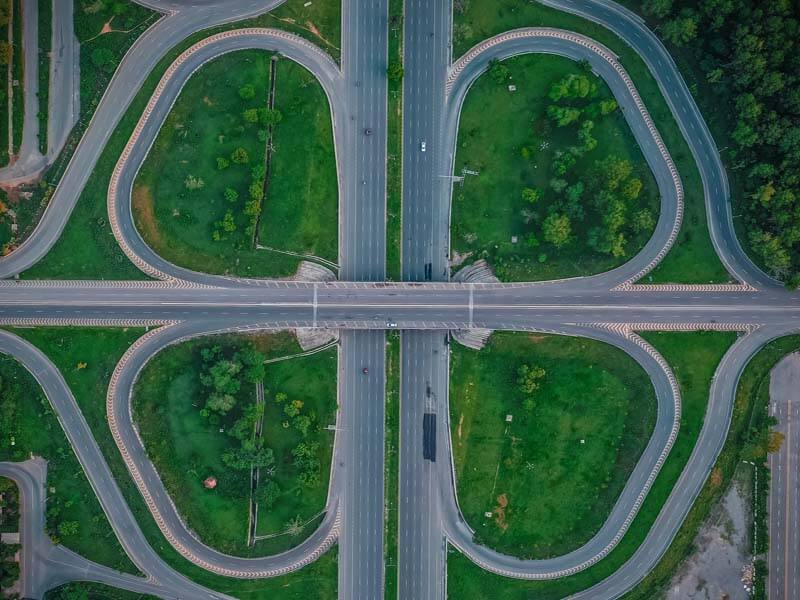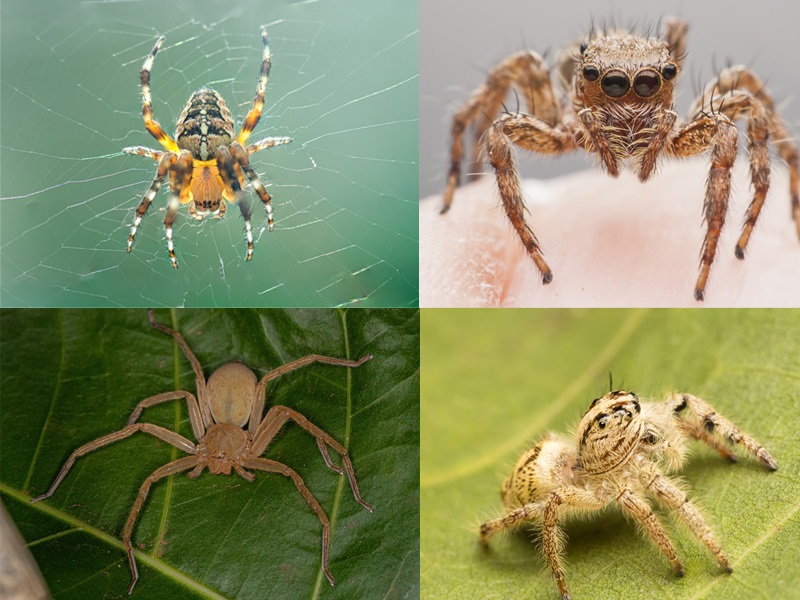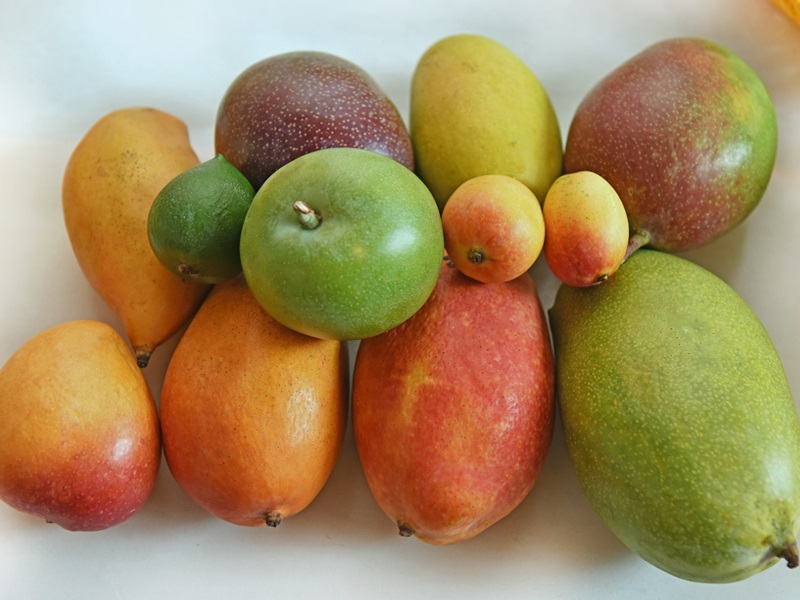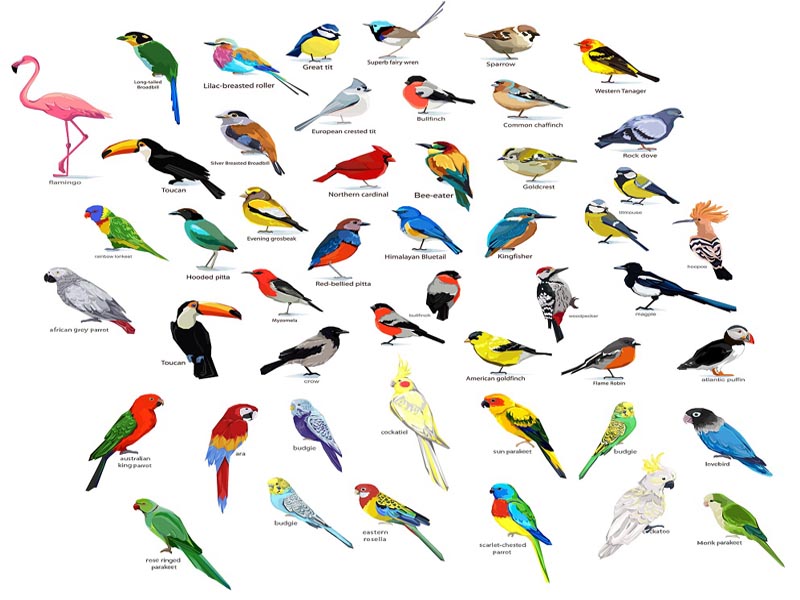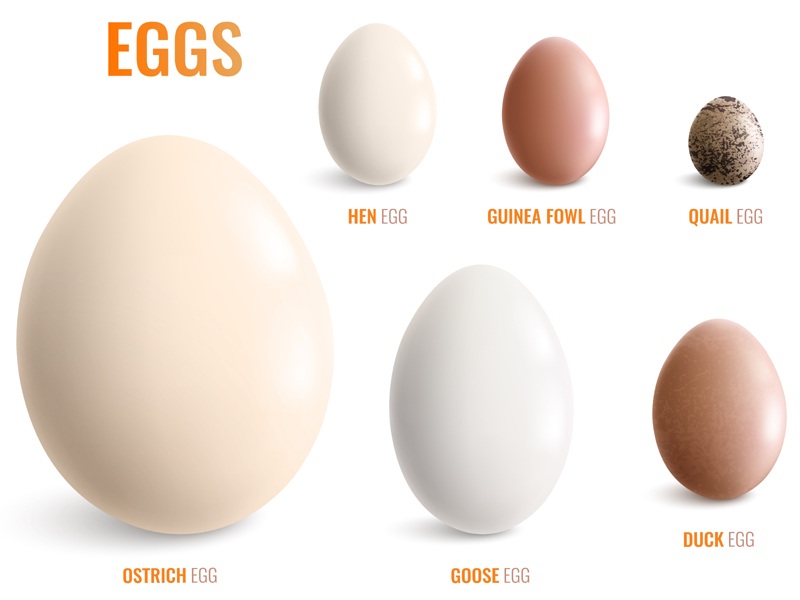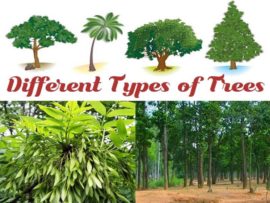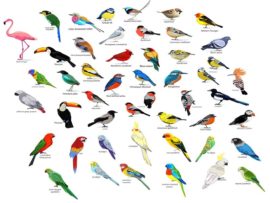Have you ever walked into a garden and noticed miniature versions of otherwise giant trees? These are called Bonsai trees which are considered prized possessions in many cultures. Unlike the misconception, Bonsais are not genetically modified trees. But in fact, ordinary trees are grown in dwarf size using a special technique. To satisfy your curious soul about these fascinating species of plants, we have listed the types of Bonsai trees with history and growing methods.
What is Bonsai?
The word “Bonsai” is a Japanese term for “planted in a container”. It is an artistic form of growing miniature versions of large trees using ancient Asian methodologies. Bonsai was originally invented by the Chinese and later developed by the Japanese using the principles of Zen Buddhism.
History of Bonsai:
To understand the history of Bonsai, we need to travel about 2000 years back in time to ancient China. During this time, the Chinese developed a fascination for creating miniature landscapes that were drastically smaller than the originals. It was called “Pun-Sai”, where pun means an earthern container. The idea was to study the magical properties of the five elements – water, fire, wood, metal, and earth. The more reduced the size was, the higher the magical potency it had.
Later, during the Kamakura period, which was around 700 years ago, the Japanese tried to copy this art form but restricted it to just trees. They had limited landscapes, unlike the Chinese, which made them experiment with the Bonsai (Japanese version of Pun-sai) techniques on local species of trees. Further, they considered these dwarf living trees as “sacred” and were used as luxurious plant gifts.
In the coming years, Bonsai trees were introduced to the Spanish and then the rest of the world. Gradually, many styles and varieties of Bonsai were developed, some of which are very expensive and difficult to grow.
Read: Different Types of Forest
Broad Classification Of Bonsai Trees:
Bonsai tree species are broadly divided into two categories – Indoor and Outdoor.
Indoor Bonsai Trees:
These Bonsai are cultivated to grow in indoor environments. The techniques involved in growing them ensure that the tree stays attractive and healthy in an artificial indoor setup. They are a great choice for gardeners who prefer to stay close to these trees and enhance the aesthetics of your interiors with their beauty.
However, Indoor bonsai trees are difficult to grow, as you need to choose a tree species that is right for your home environment. If you prefer bringing a traditional or an exotic variety of trees indoors, then you might have to adjust the environment inside to suit it. Generally, tropical and subtropical species are ideal for Indoors.
Examples of Indoor Bonsai Tree Types: Hawaiian Umbrella, Acacia Bonsai, Money Tree, Brazillian Rain Tree Bonsai, Buddhist Pine Bonsai Tree, etc.
Outdoor Bonsai Trees:
These traditional Bonsai can grow in the outdoor environment with no special care or protection. They are also called the “real Bonsai” as opposed to Indoor Bonsai trees. These species grow faster than the indoor ones as they are in their natural environment. However, they can be brought indoors from time to time for short periods.
There are two Outdoor Bonsai tree types – Coniferous (Evergreen) and Deciduous.
- Coniferous Trees: They are one of the most popular Bonsai tree species, which can be identified by their cones. These are evergreen trees that usually live in cold climates. The most popular and easy to grow among them is the Juniper variety. Other species include boxwood, azaleas etc.
- Deciduous Trees: These trees shed their leaves during the colder months of the year. Unlike evergreen trees, the leaves of deciduous trees fall off after maturity and grow new ones. They are further categorized into 4 types – Elms, Maples, Gingkos, and apricots.
Examples of Outdoor Bonsai Tree Types: Crab Apple, Bald Cypress, Larch, Hornbeam etc.
20 Different Types of Bonsai Trees with Pictures:
Let us look into some of the different kinds of Bonsai species grown in different parts of the world:
1. Japanese Maple:
The Japanese Maple is one of the most popular Outdoor Bonsai tree types. This tree is known by the name Acer Palmtum by the horticulturists and originated in Japan. The younger maple trees have green leaves with reddish bark, and as the tree turns old, the leaves go red with grey bark. There are many varieties of this tree which feature different colored leaves.
Japanese Maple trees must be placed outdoors in a sunny and airy place. In places with very hot temperatures, you must shift their location to shady places with indirect sunlight. These trees must be watered every day, and repotting must be done every two years.
2. Bodhi Tree (Ficus Religiosa):
Ficus Religiosa, also called the Bodhi tree, or the sacred Peepal belongs to the fig family. It is native to India and China, where it has significance in Hindu, Buddhist, and Jain religions. Ficus Religiosa is one of the many deciduous Bonsai tree species in India, and its heart shapes leave start falling off in the warmer months of March and April.
This is an outdoor Bonsai tree which needs plenty of sunshine. It must be placed in a wide pot of well-draining soil. However, overexposure to very hot temperatures can damage the leaves, so indirect shade is preferable in summers. They have flexible branches, which makes contouring very easy compared to other tree species.
3. Boxwood:
Boxwood, also called Buxus, belongs to the hardy, evergreen Bonsai tree types. It has more than 70 subspecies in which the common boxwood or Buxus sempervirens and the Chinese Boxwood, Buxus Harlandii, are quite popular. Their lush green appearance and naturally twisted branches and trunk make them ideal choices for Bonsai. Also, Boxwood grows really fast, needs very little maintenance, and can be shaped into different designs.
These species prefer a shady outdoor environment, as hot, direct sunlight can burn the leaves. They cannot thrive in very cold or frosty temperatures below -4 C. The soil needs to be well-draining and moist but not soggy. Regular pruning and trimming is a must for the healthy growth of the plants. Repotting can be done in only two to three years, and wiring can be done when the plant is still young and immature.
4. Juniper:
One of the most popular Bonsai tree types in the world is the Juniper. Juniper Bonsai trees belong to the evergreen, coniferous species of the cypress family and have about 70 different varieties. Depending on the variety, you can notice two main types of foliages in Juniper – Needle and Scale. The widely recognized Juniper Bonsai trees are Chinese Juniper, Japanese Shimpaku, Japanese Needle Juniper, Common Juniper, etc.
Juniper trees must be placed outdoors where they receive direct sunlight. They cannot thrive in frost or indoors, so care must be taken not to bring them in. Juniper don’t prefer a lot of water. So, ensure that the soil is dry before you water it. They can withstand heavy wiring, which can be done when the tree is very young.
5. Chinese Elm:
The Chinese Elm is regarded as one of the most popular Bonsai tree types for beginners. It is native to China and Southeast Asia and can be recognized easily with its double-toothed leaves. In a natural environment, the Chinese Elm can grow up to 80 feet tall. However, the slow initial growth makes it ideal for Bonsai practitioners to understand its growth pattern and train it well to turn into a miniature tree.
Chinese Elm can be either indoor or outdoor, depending on the variety. Indoor Chinese Elm trees can be placed outside in shady places during Summer, while outdoor ones can thrive in full, direct sun. These trees can be watered when the topsoil is dry. Pruning must be done regularly as the branches thicken at a rapid pace, and styling can be done with standard wiring practices.
Read: Types of Roses Names and Colors
6. Bougainvillea:
Bougainvillaea is a tropical, evergreen plant that grows bright colored flowers which can beautify any garden. The tree has thorns and comes in different colors like red, pink, white, orange or double-shades. They are easy to maintain and can be styled well to transform these common shrubs into ornamental Bonsai trees.
Bougainvillea needs plenty of direct sunlight and heat. They must be watered only when the soil is dry and cannot withstand overwatering or sogginess. To prune them, you must cut the shoots after the flower. Twisting must happen when the plant is young, as older plants tend to get hard and break off easily. Also, look out for the sharp thorns while working on the wirings.
7. Indian Banyan (Ficus Benghalensis):
Ficusbenghalensis is a large tree species that is native to the Indian subcontinent. They produce aerial roots that grow downwards and form into hard woody trunks after reaching the ground. The common name for this species is the great Indian Banyan or Banyan fig. This tree is considered sacred in Hinduism and Buddhism.
The Indian Banyan is an Indoor Bonsai tree species that need a lot of sunlight. So, it can be kept near the window or a well-ventilated area of your home. Ficus trees need a lot of humidity to encourage better root formation. Daily misting is preferable compared to overwatering or underwatering the plant. Pruning needs to be done regularly to maintain its shape.
8. Olive Bonsai:
Olive trees are evergreen trees which are native to the Mediterranean region. There are two types of Olive trees – Olea Europea, or the regular Olive, and Olea Europea Sylvestris or the Wild Olive. Because of its short leaves and very slow growth, a wild olive tree is preferred for Bonsai. Both the trees produce tiny fruits that grow from yellow flowers, although the regular Olive offers a higher yield.
Olive trees are outdoor Bonsai types which need full sunlight. They can withstand colder weather but cannot survive in frost. Watering must be done regularly, and the soil must be well-draining to avoid root rot. Wiring gets difficult when the tree starts to mature, and the bark turns really hard. Pruning can be done in later winter to encourage better growth in the coming season.
9. Azalea Bonsai:
The Azalea tree is one of the most attractive flowering Bonsai tree types that offer a great ornamental value. It belongs to the Rhododendron genus, which has about 1000 species, out of which Satsuki and Kurume Azaleas are popular choices for Bonsai. This rare Bonsai tree produces beautiful flowers in different colors like pink, red, etc., and varied shapes and sizes.
Azaleas are outdoor types which need bright sunlight. However, they cannot bear extreme heat, and hence it is recommended to shift them to shady places in summer. Watering needs to be done regularly to avoid the soil from drying out. However, overwatering is not advised. Pruning needs to be done on the lower part of the tree to form an excellent shape and structure.
10. Pine:
Pines are one of the most popular Coniferous Bonsai tree types. Although they offer a great ornamental value, pines are certainly not for beginners due to their complex nature. These evergreen trees have cones and needles that come as bundles of 2 to 5, depending on the variety. Among the 120 odd species, the Japanese Black Pine and the Japanese White Pine are widely used for Bonsai.
To grow these trees, it’s important to understand whether they are one flush or two flush types in their natural environment. You must place them in full sun and water them only when the soil is dry. The candles must be removed regularly to encourage smaller needles. Wiring can be done just after the pruning to shape it well.
11. Bamboo:
A lot of people mistake sacred bamboo and lucky bamboo (the ones we see in gifting shops) for Bonsai Bamboos. However, the trust is that neither are their bonsai nor can they be called Bamboos. Real bamboo is a type of grass and not a tree. It has a rapid growth rate, making it difficult to suppress it in a container. Among the many types of Bamboos, Bambusa Multiplex is known to be a perfect variety for creating Bonsai due to its relatively smaller height.
Bamboos can be both tropical and temperate Bonsai types. Tropical ones are indoor trees which must be placed in well-lit areas, while temperature ones must be placed outdoors. Bamboos need moist soil and can dry out fast. Trimming of leaves must be done all year round, while the roots must be trimmed once a year to maintain the size and shape.
12. Bonsai Money Tree:
A money tree is a popular indoor bonsai tree type that is native to Central America. It is a tropical, evergreen, broadleaf species that usually grow about 65 feet in its natural environment. You can identify these trees by the swollen trunk, which they use for storing reserve water. The challenge with the tree is that it produces no major natural branches and the tree trunks braid with age, crushing each other in the process.
Money trees must be placed indoors in well-ventilated areas. The plant also requires humidity and hence, needs regular misting. Pruning is to be done in winter to encourage healthy growth in spring. Do the wiring carefully to prevent it from damaging the trunk and the bark.
13. Hibiscus Bonsai:
One of the most attractive flowering bonsai species is the Hibiscus. It is a tropical shrub that grows in warm climates. There are many varieties of Hibiscus, which produce flowers of different colors, shapes and sizes. Bonsai hibiscus looks particularly appealing because of the glossy green foliage and strikingly vibrant colored flowers.
When kept indoors, Bonsai Hibiscus prefers a well-lit spot like the window or the balcony. If you plan to keep it outdoors, then select a shady and airy place. Hibiscus cannot thrive in extremely cold or frosty conditions. Also, the soil must be kept moist at all times, and regular fertilizing is a must to keep it healthy.
14. Himalayan Cedar:
The Himalayan Cedar or CedrusDeodara is native to the western Himalayan mountainous ranges. This tree has great ornamental value and is used for beautifying gardens and parks in European and Western countries. In its natural habitat, Cedar grows up to 50 m high. These evergreen trees have short leaves that resemble pine needles, which are dark green with a mild bluish tint.
Himalayan Cedar trees are best grown indoors in ventilated areas. They must be kept out of pollution, smoke and extreme environmental changes. Very little water is required, and overwatering can turn the leaves brown. The trunk also requires pruning along with the leaves to create various styles.
Read: Different Types of Pots for Plants
15. Oak Bonsai Tree:
There are hundreds of Oaktree varieties that grow in different parts of the world like Europe, Southwest Asia, North America etc. Depending on the species, Oaks can be deciduous or evergreen and can grow up to 40 feet in their natural habitat. These hardy trees have strong trunks and produce fruits called acorns. Oaks are one of the most widely grown Bonsai tree varieties, which look like a piece of art with their zigzag structure.
The care and maintenance of Bonsai Oak depend on the variety. As a generic rule, Oaks prefer sunny and airy places. They do not prefer to prolong the wetness of soil and must be watered only when it gets dry. It is recommended to prune the large leaves and terminal buds to encourage healthy foliage.
16. Weeping Willow:
The weeping willow is an interesting variety of willow species. It gets the name “weeping” because of the drooping branches which hang downwards. This tree is native to China and can grow up to 65 feet tall for up to 200 years in ideal conditions. Although it is a highly preferred type of Bonsai, Weeping willow is very difficult to grow and requires expert care.
Willows prefer a sunny spot but may have to be moved to a shady place during summers. They also require a lot of water and must not be allowed to dry out. Regular trimming is a must to discard the excess shoots which damage the shape of the tree.
17. Ginkgo:
Ginkgo is a deciduous Bonsai tree species which can be identified by its fan-shaped leaves. This tree is native to China and is one of the oldest living trees on the plant. There are both male and female Ginkgo trees, in which the females bear fruits that have an unpleasant odour, and the males do not give any produce at all. The seeds and leaves of this tree have high medicinal value and use for treating a number of diseases.
Ginkgo Bonsai trees must be placed in a sunny location. Although they can thrive in almost any climatic condition, Ginkgos don’t respond very well to frost. They require well watering but not overwatering. The branches of these trees are quite flexible and co-operate with wirings.
18. Crabapple:
Crab apple trees belong to the Malus genus, which the normal apple is also a part of. However, crab apples are quite smaller in size and tart in taste than apples. Crab apple Bonsai are deciduous trees that are highly prized for their beautiful pinkish-white flowers and small fruits during the harvest season. The shape and size of these fruits depend on the variety of the tree.
Bonsai crab apple trees must be placed in sunny and airy areas but not in extreme heat. Regular watering is a must as the fruits drop out if the soil dries up. Pruning of this tree is recommended after all the leaves have fallen in late autumn. Repotting can be done annually if the tree is very young.
19. Beech:
The Beech tree belongs to the family of Fagaceae or Beech. Among the many varieties in its family, the European beech and the Japanese white beech are quite popular. These beautiful-looking trees have smooth and wide trunks with broad leaves. You may also notice red foliage in these trees, which is acquired through the special cultivation of the European Beech.
Depending on the season, you can place Beech in shady or sunny places. Regular watering is a must to avoid the soil from getting dried up. It is recommended to prune large branches and terminal buds to encourage more light into the inner branches of the tree and strengthen them.
20. Pomegranate:
Pomegranate is a deciduous tree which bears large fruits with edible seeds. The tree has its origins in India and Iran but later spread to other parts of the world. Among the many varieties of Pomegranate, PunicaGratanum or the dwarf variety is particularly suitable for Bonsai. It is called “Nana” and bears a small fruit. The other variety, “Nejikan”, is used for ornamental purposes.
Pomegranate Bonsai trees require warm, tropical climates to grow. The tree needs regular watering, especially during the flowering season. Pruning and wiring are best done during the shedding season when the leaves fall off, and the branches are bare.
Read: Types Of Apples in The World
Those are some of the most popular types of Bonsai grown by cultivators worldwide. Remember that when you get a Bonsai home, you are not just getting a tree but a piece of living art. So, appreciate its presence and take good care of the tree to say close to nature.
Faqs:
Q1. What is the ideal soil mix for growing Bonsai plants?
Ans: Almost all Bonsai tree species prefer well-draining soil. This can avoid waterlogging, which leads to root rot and, ultimately, the death of the plant. The ideal potting materials for Bonsai are cocopeat, river sand, fine gravel, pumice and organic potting compost.
Q2. How frequently should I water my Bonsai?
Ans: Bonsai trees are delicate and cannot tolerate flooding. To check whether the plant requires water, poke your finger into the soil. If you find it dry and light, water it. Else just spray a light mist to give it some humidity. Depending on the weather and temperature, indoor plants need watering every 3-4 days and outdoor plants every 2 days.
Q3. Is it possible to convert any tree into Bonsai?
Ans: Most trees can be converted into Bonsai using special techniques. You must be aware of trimming, pruning, and wiring techniques to convert a giant tree into its miniature version. A thorough understanding of the growth pattern of the tree is a must to maintain it.


